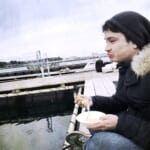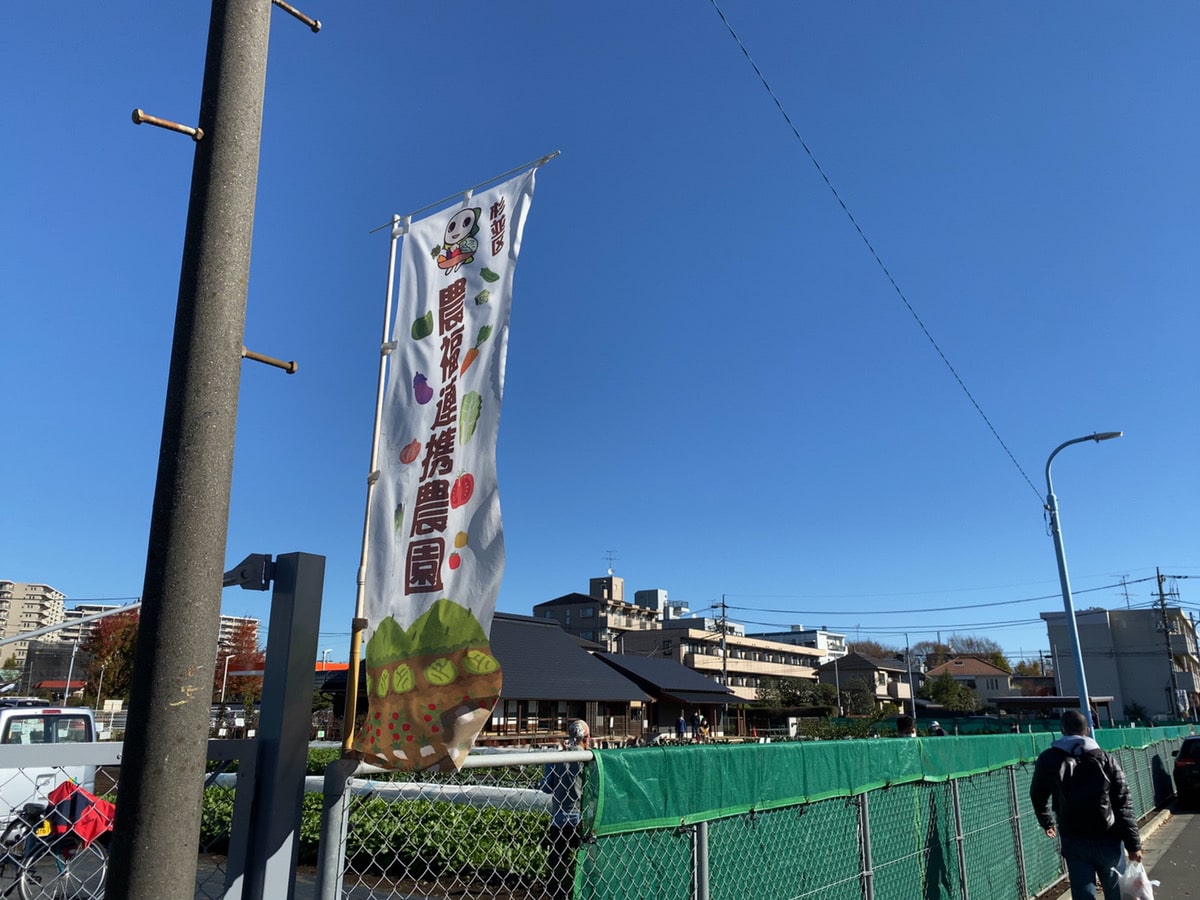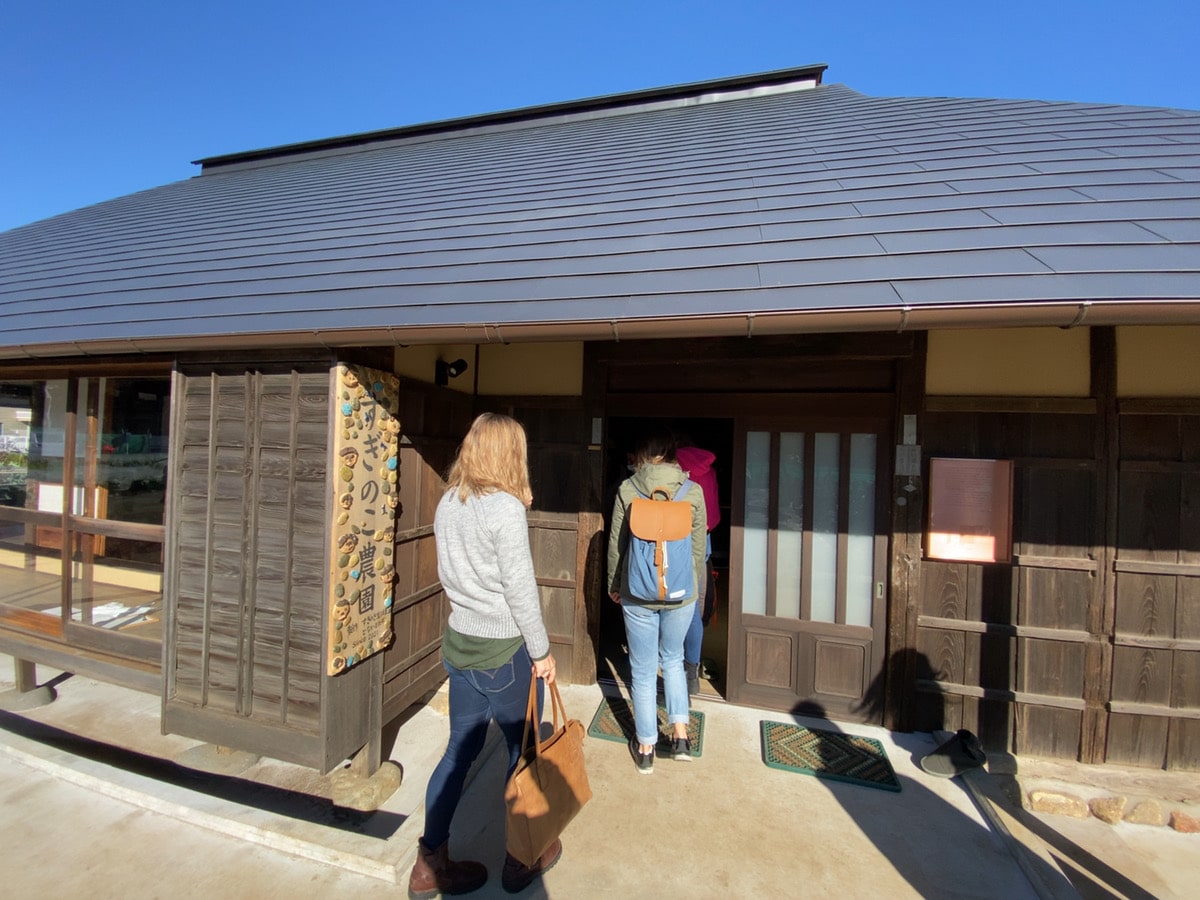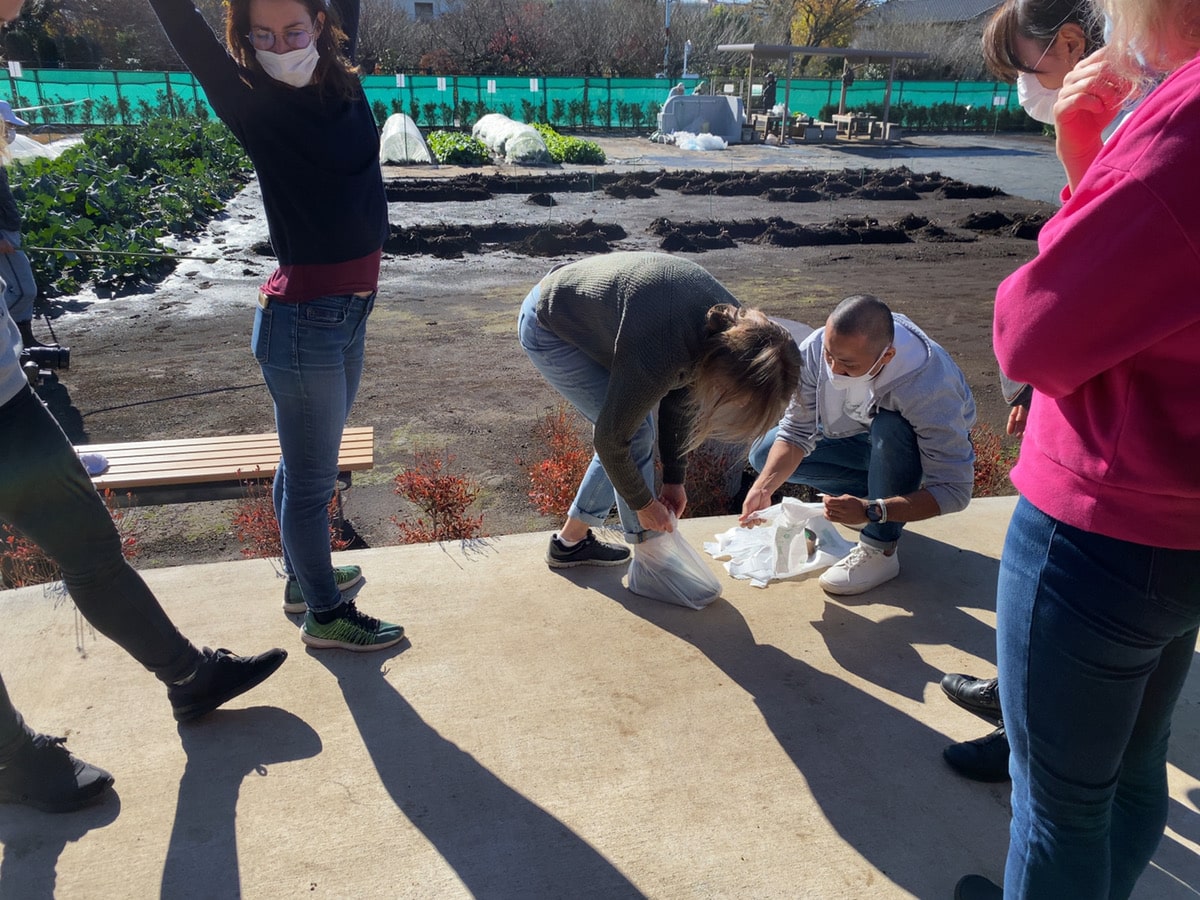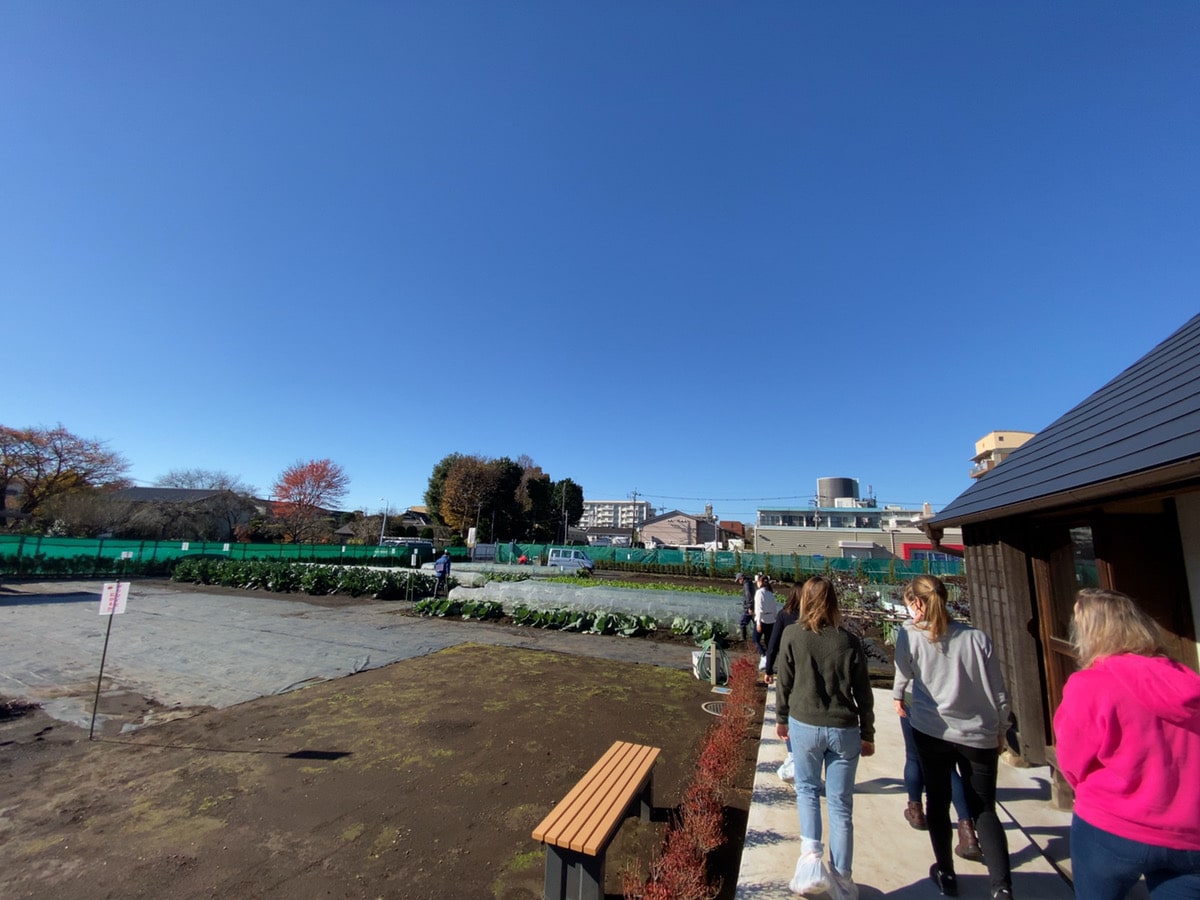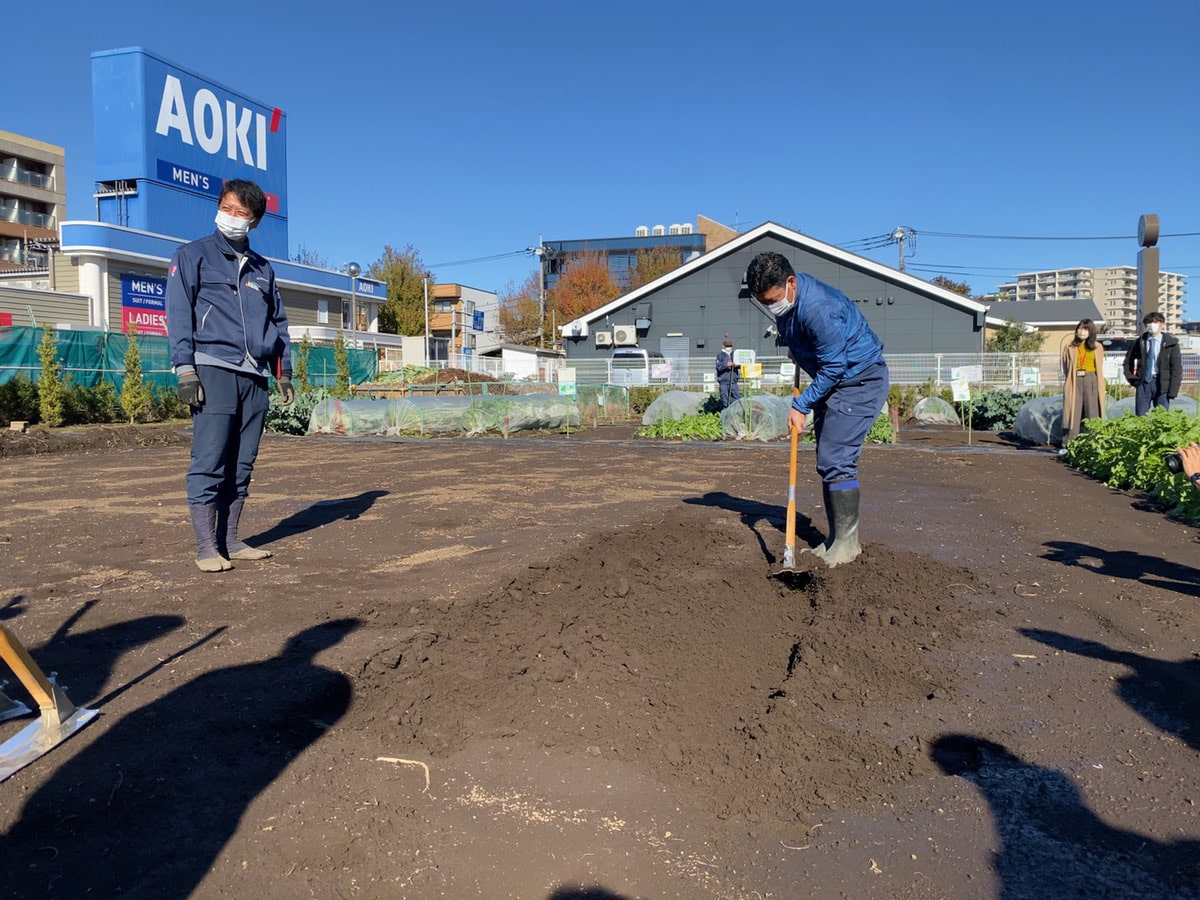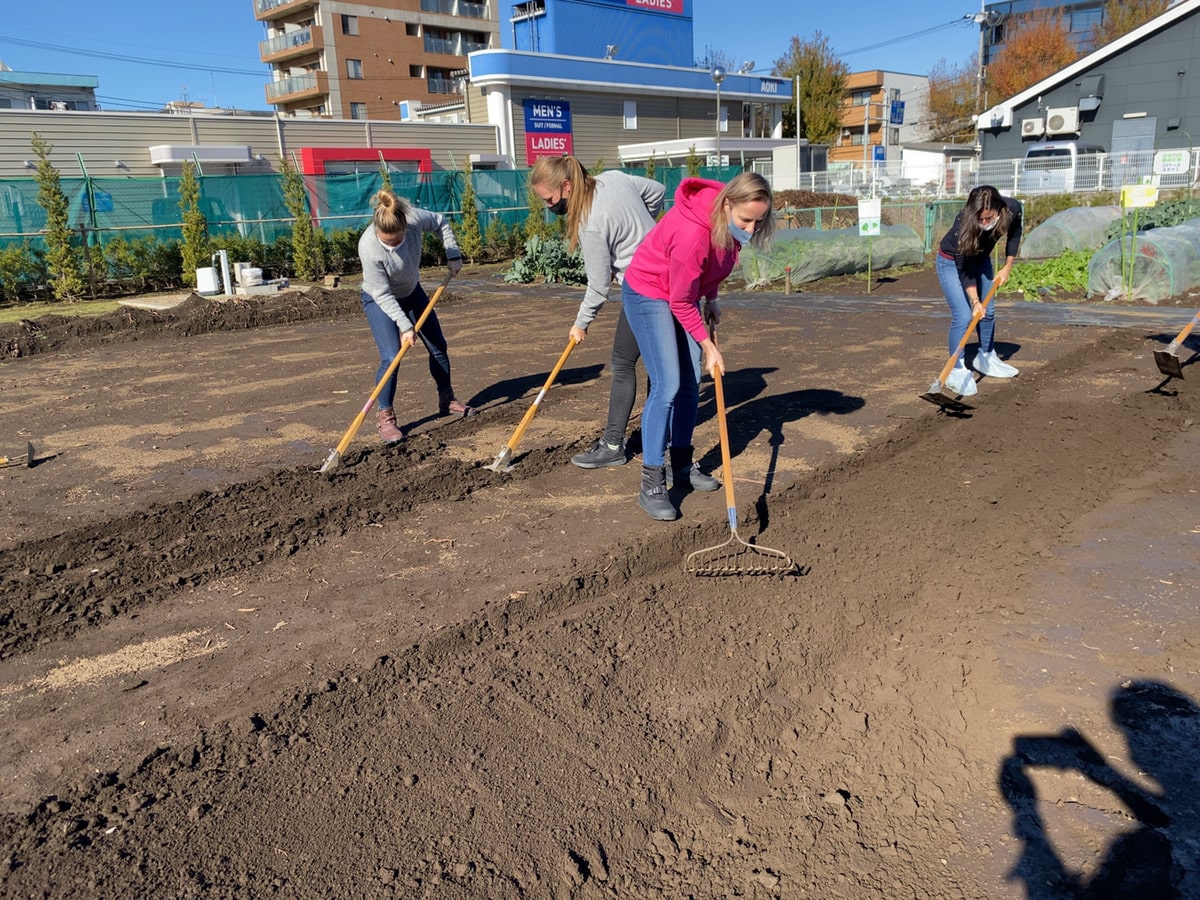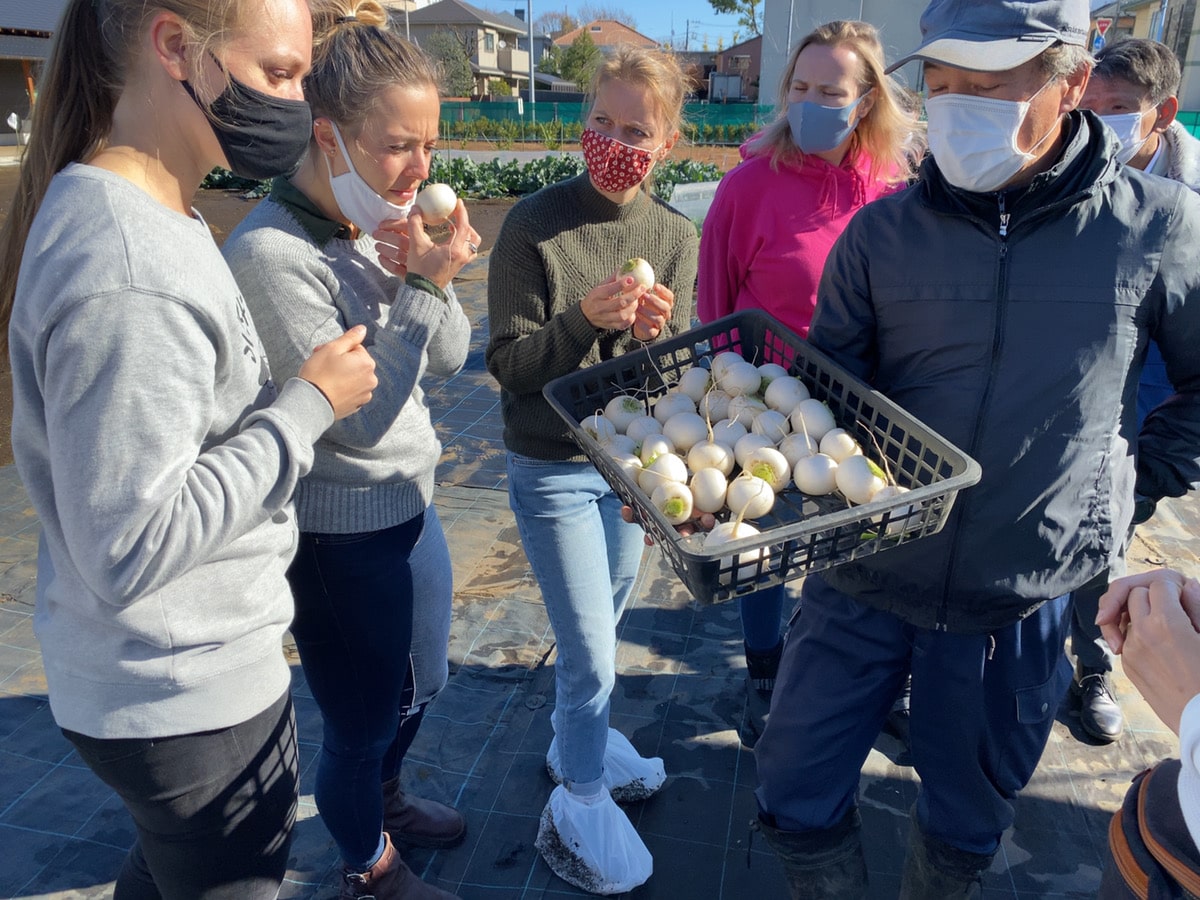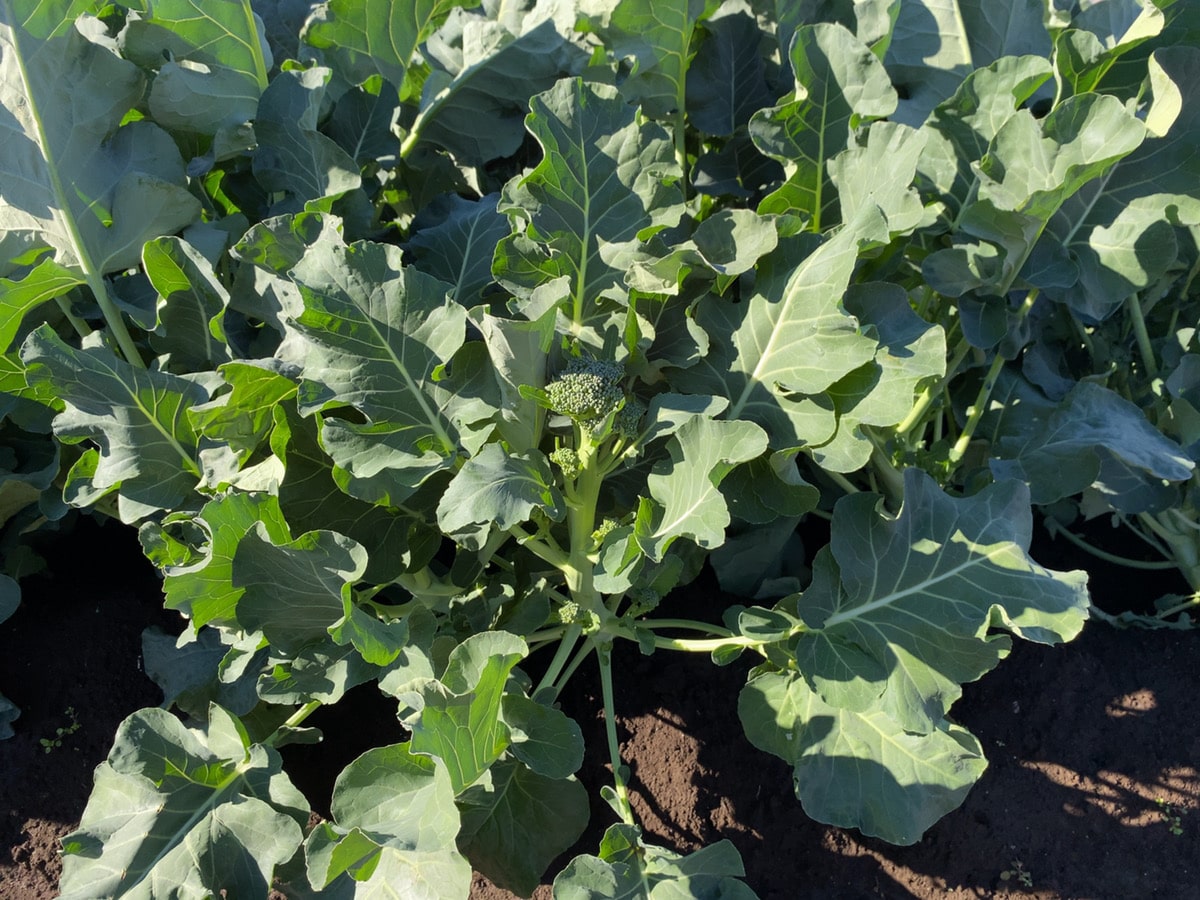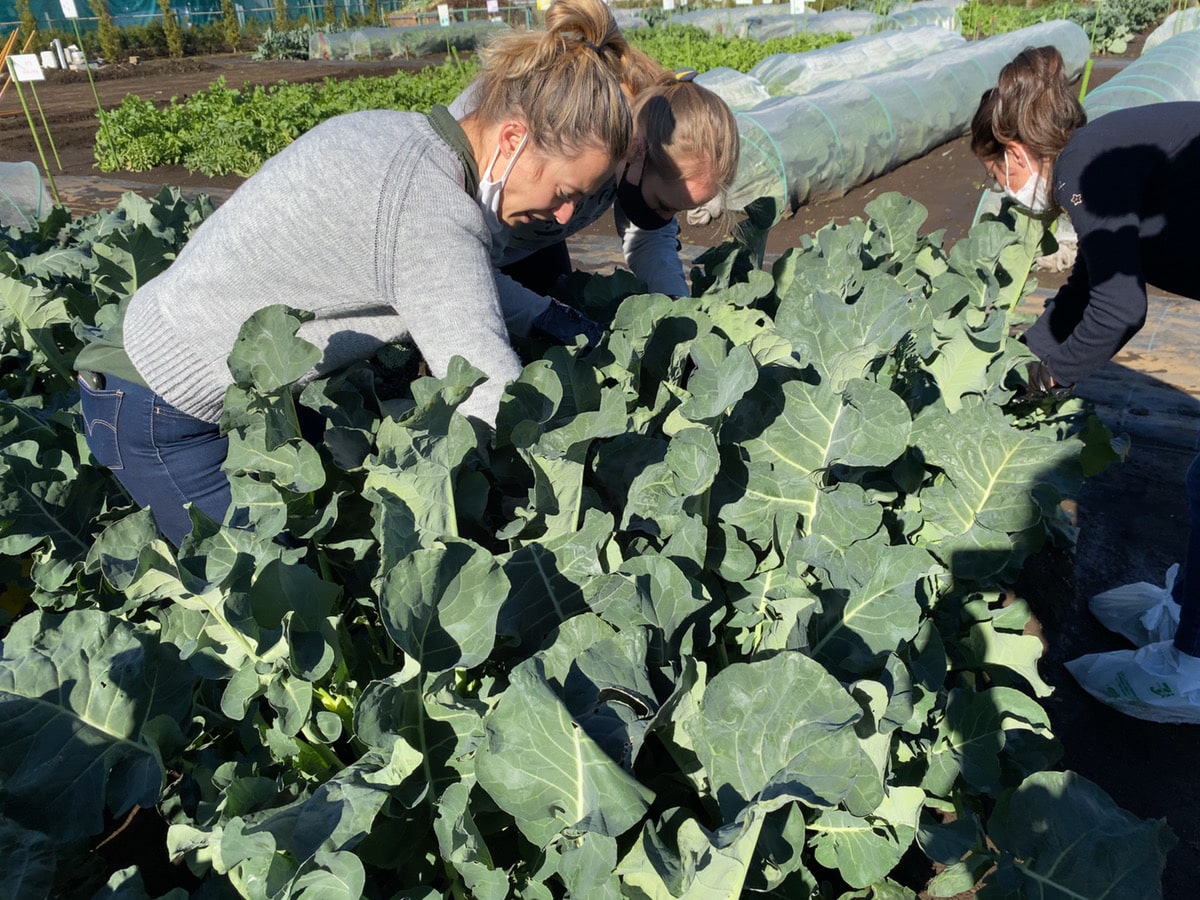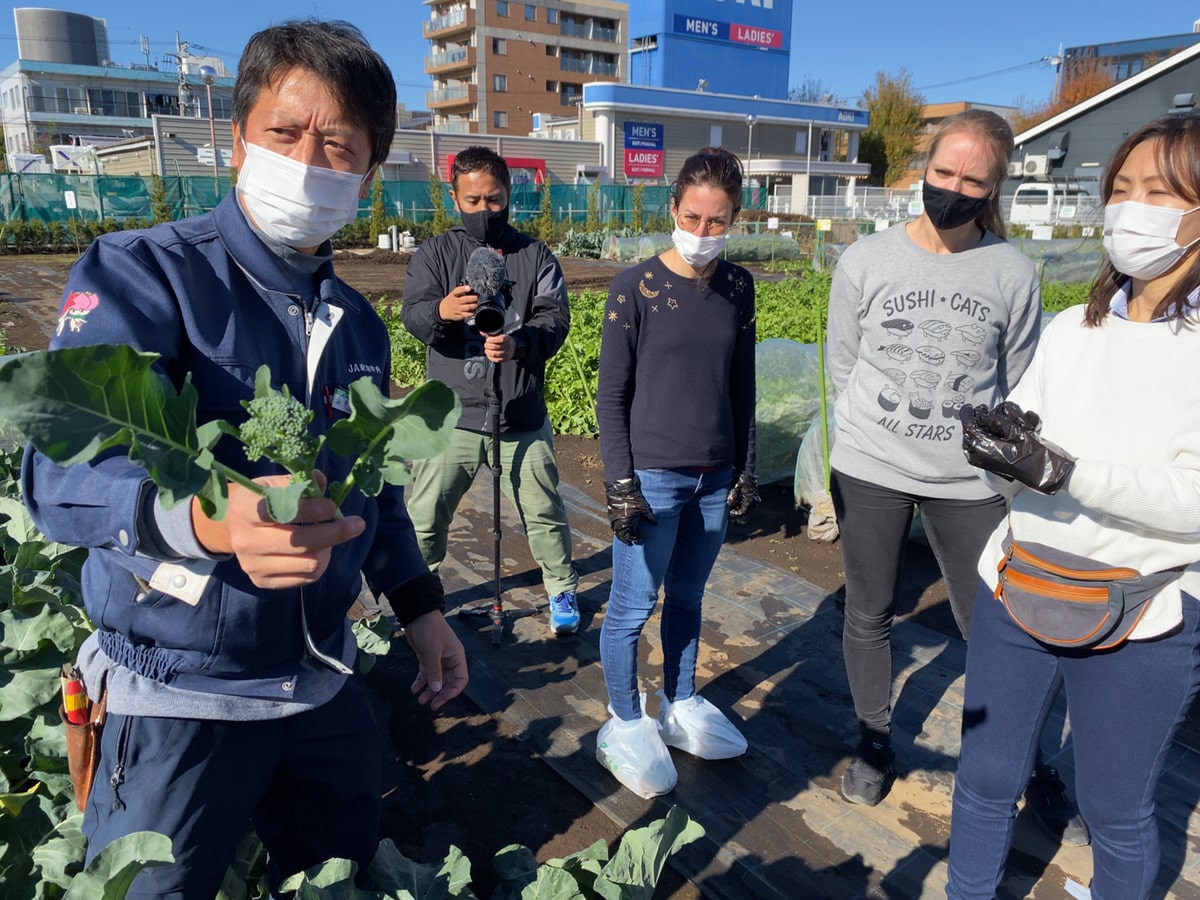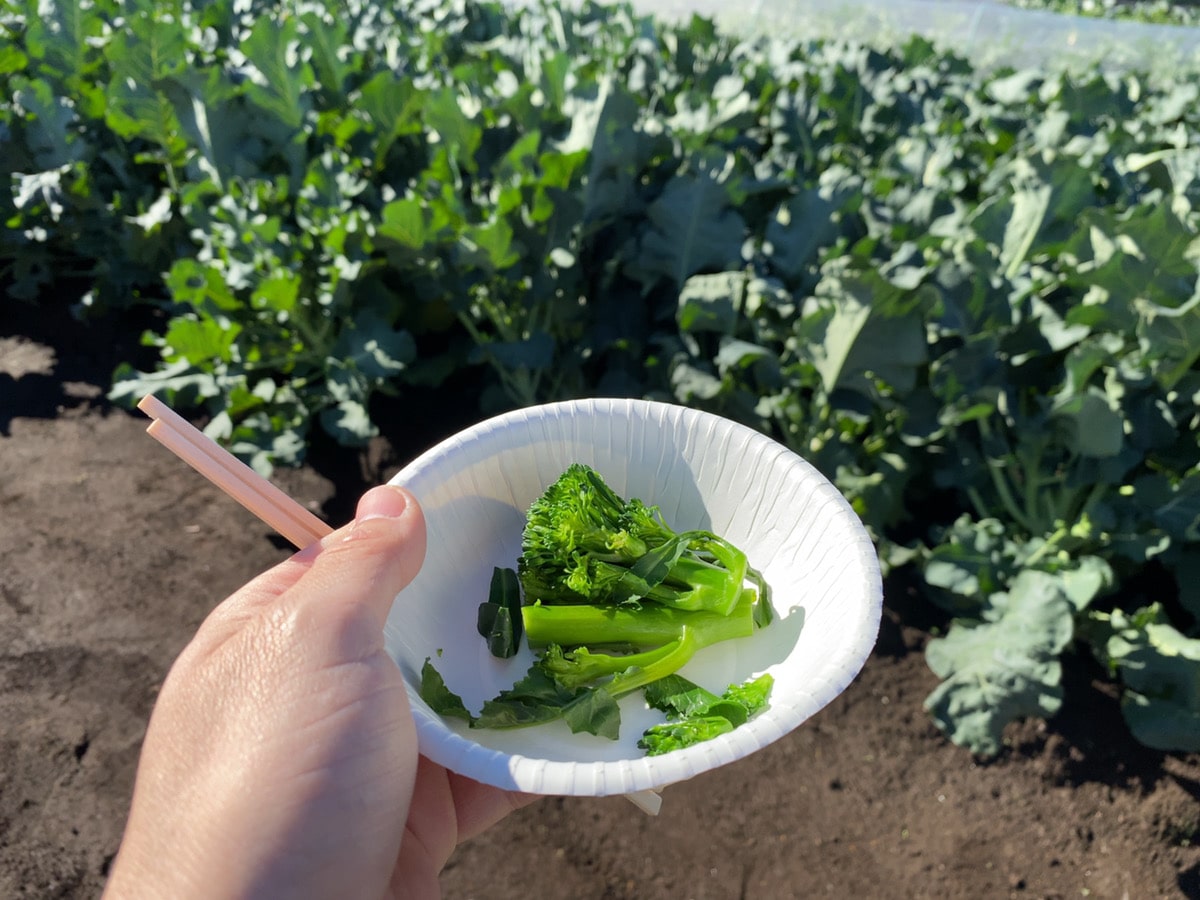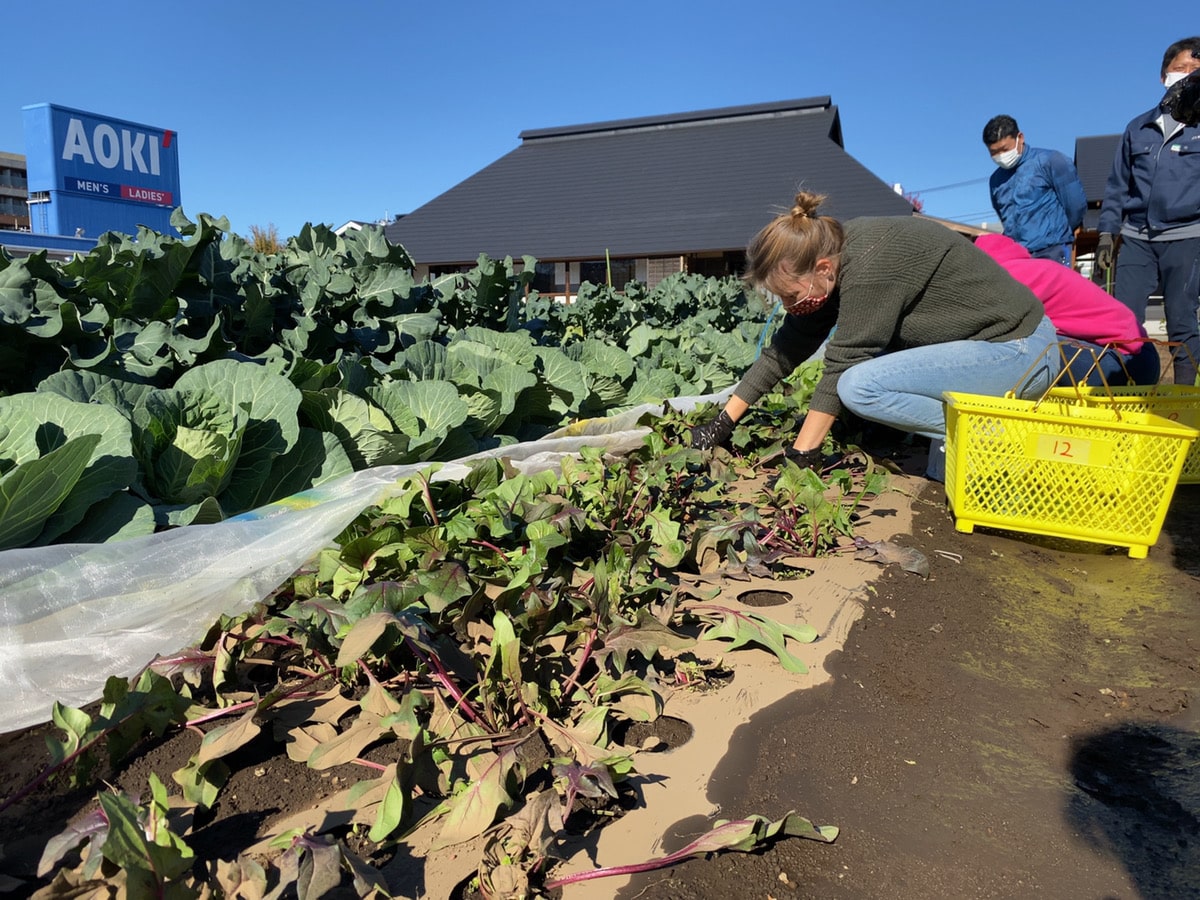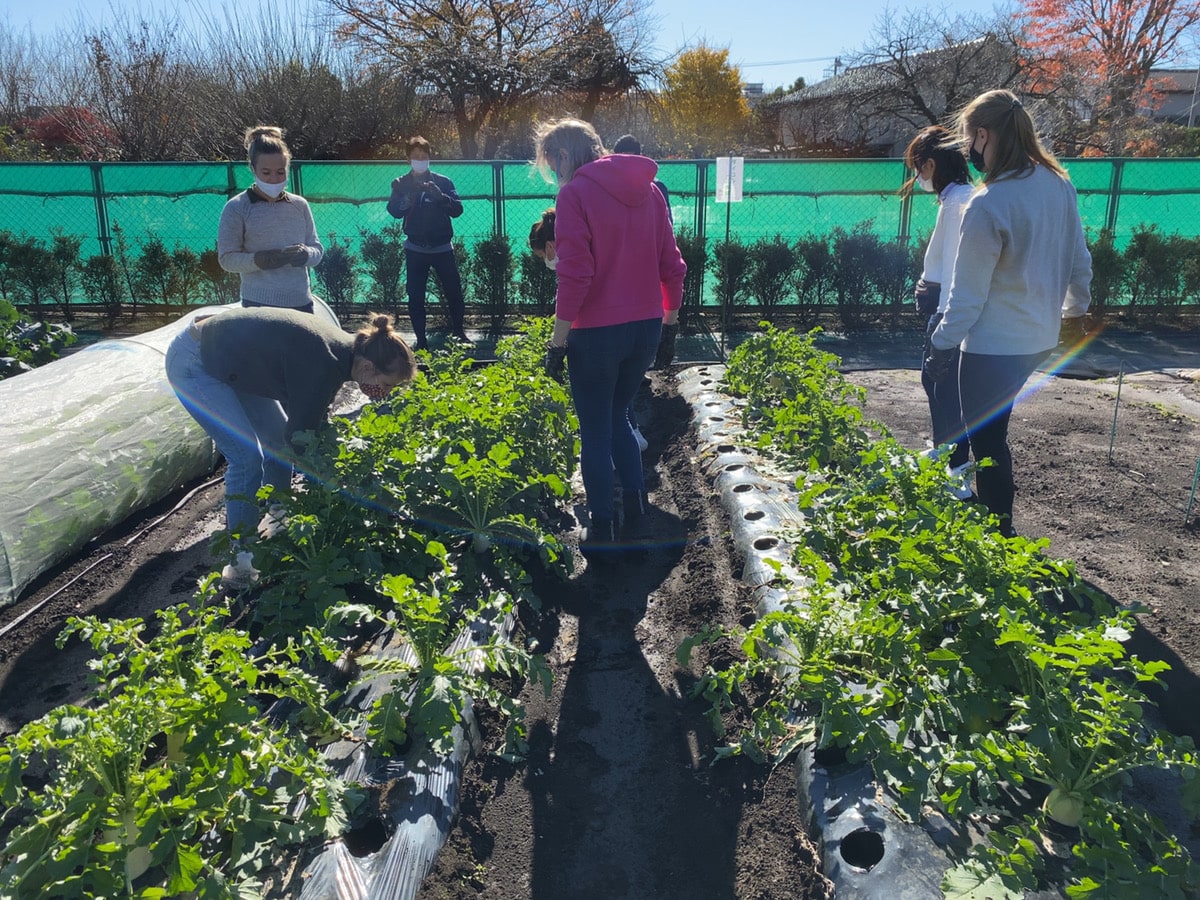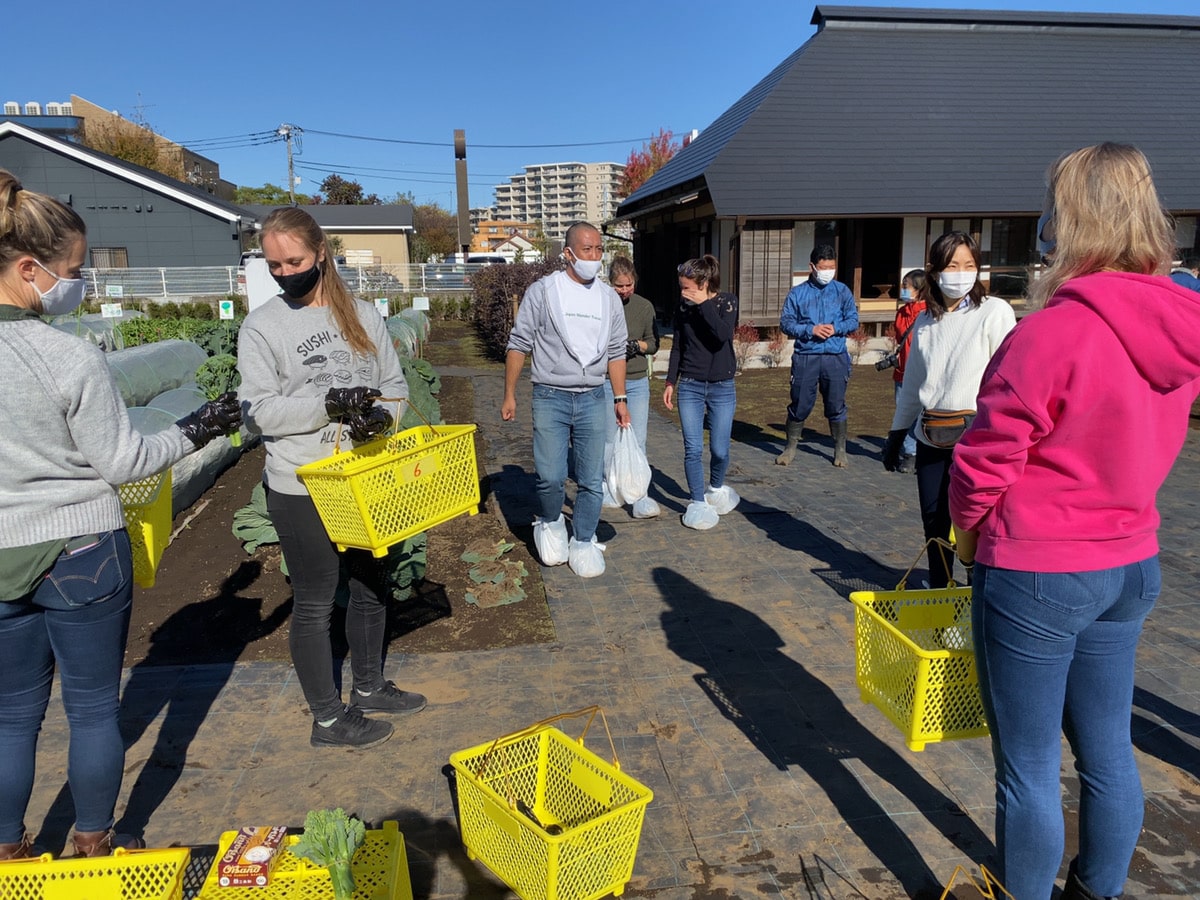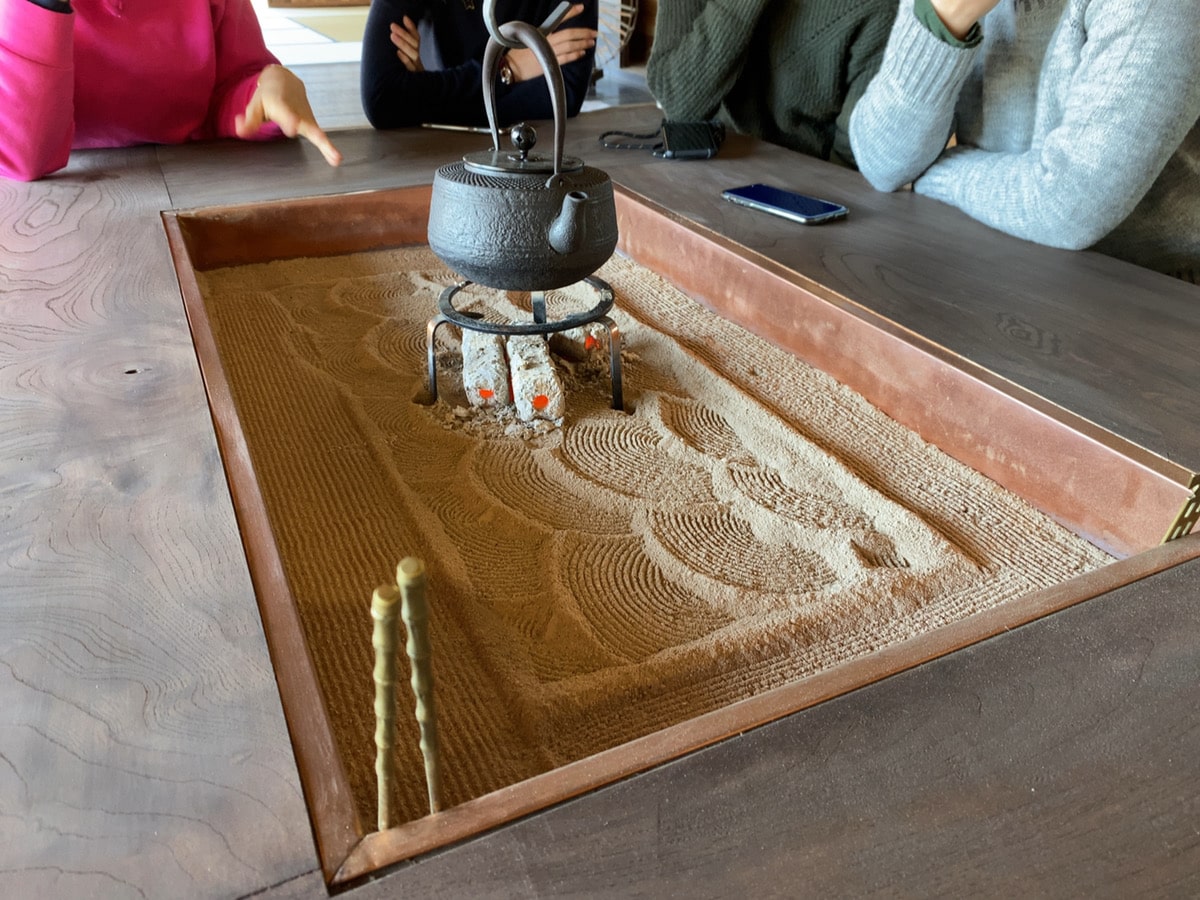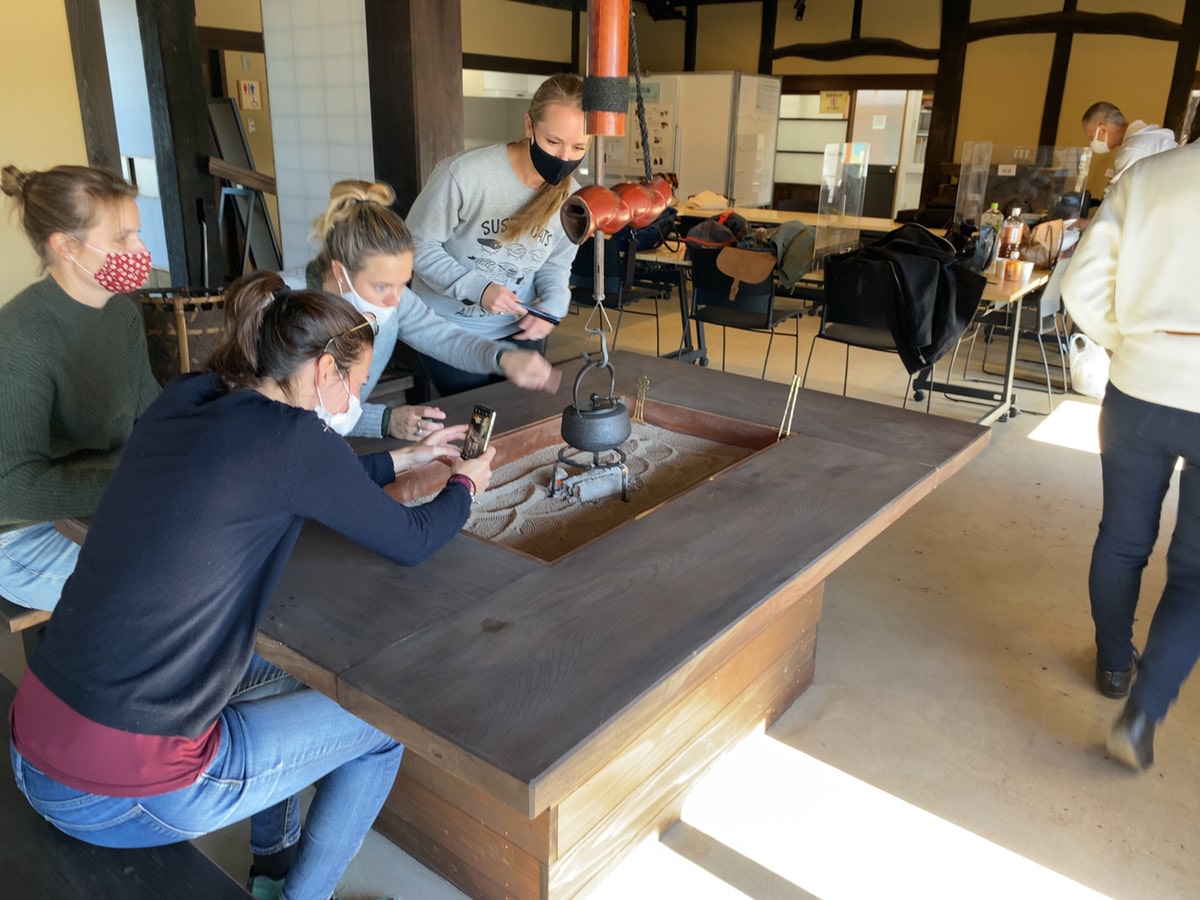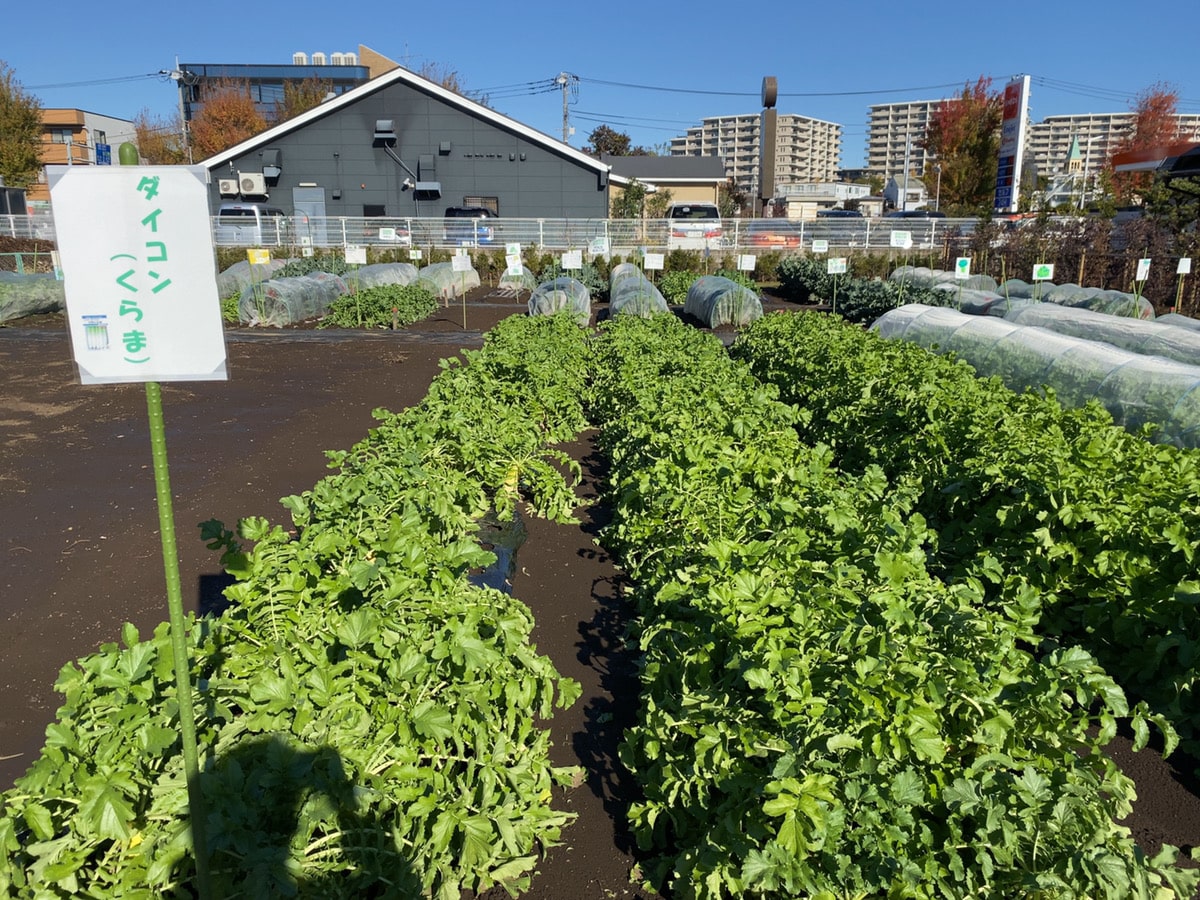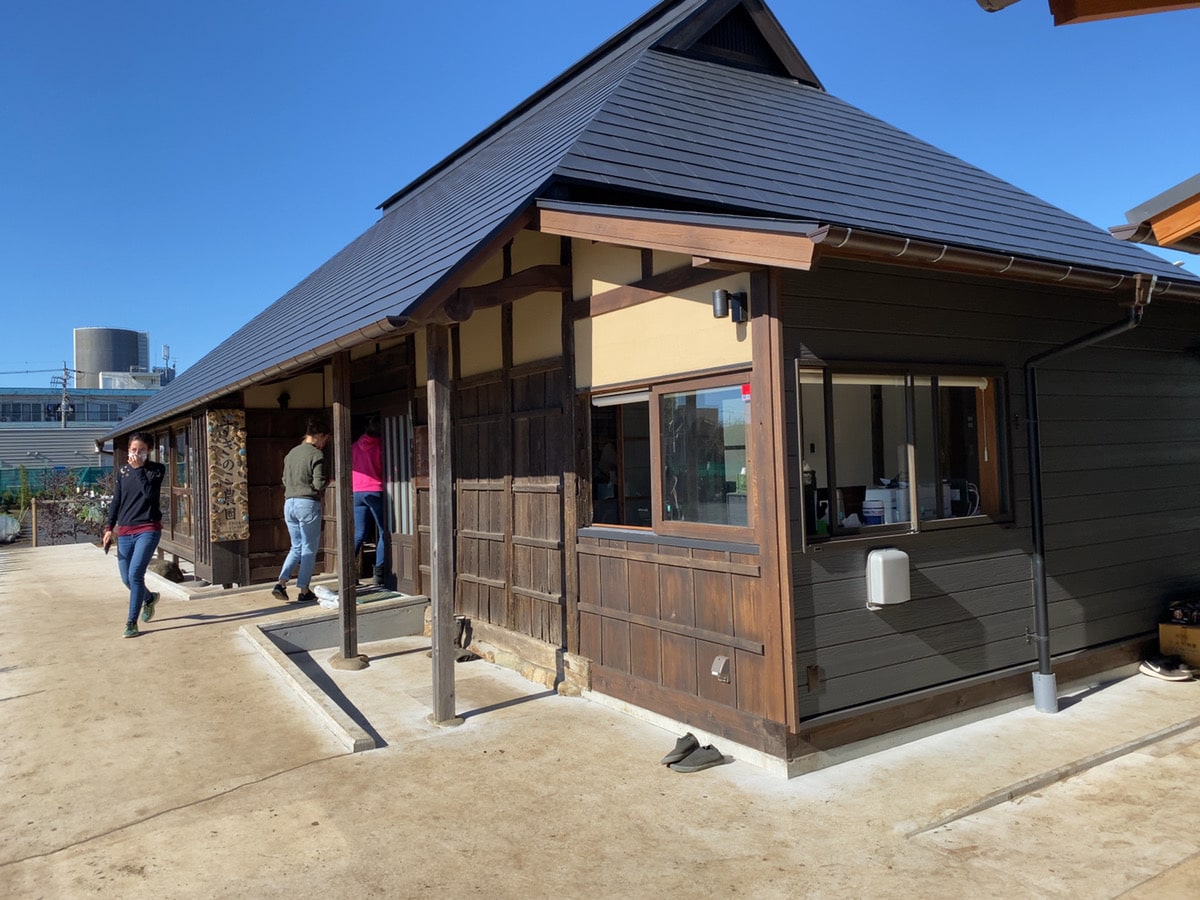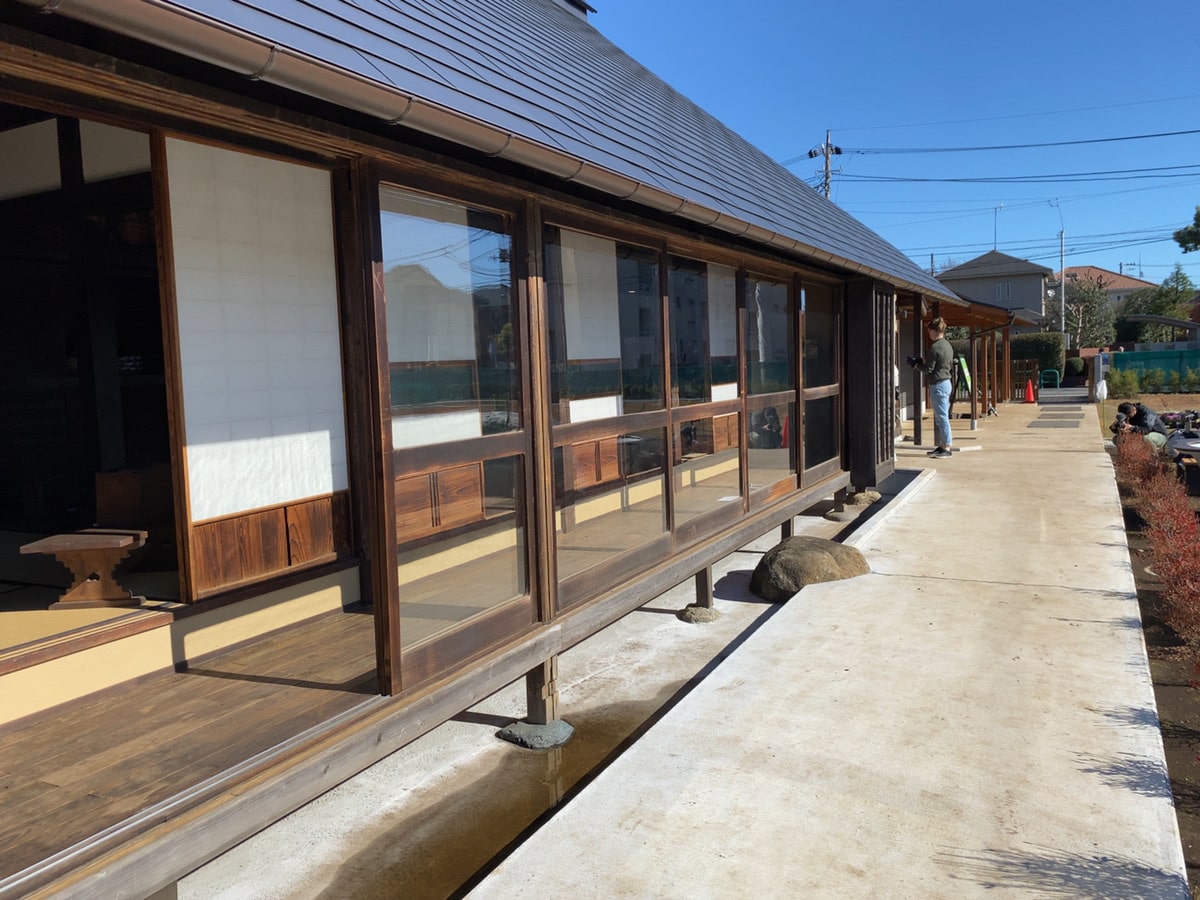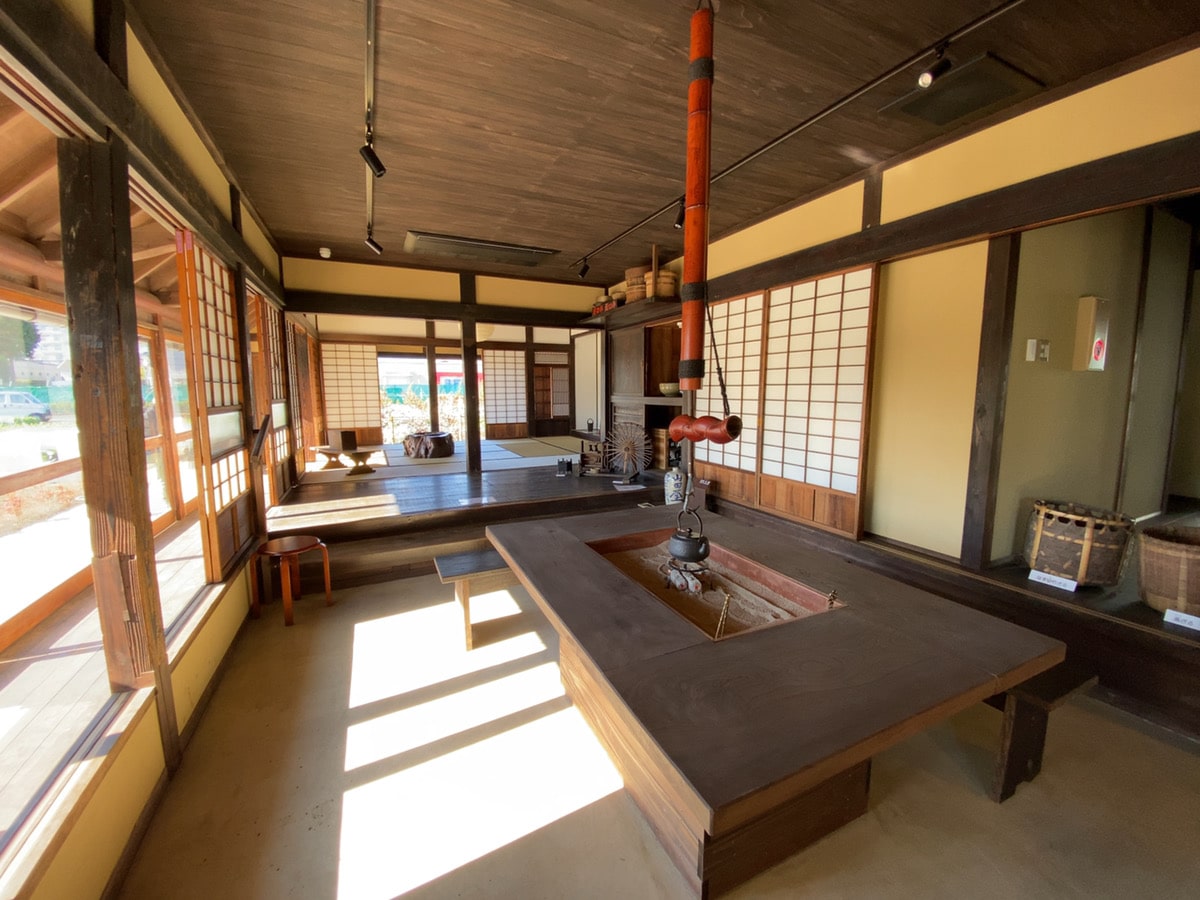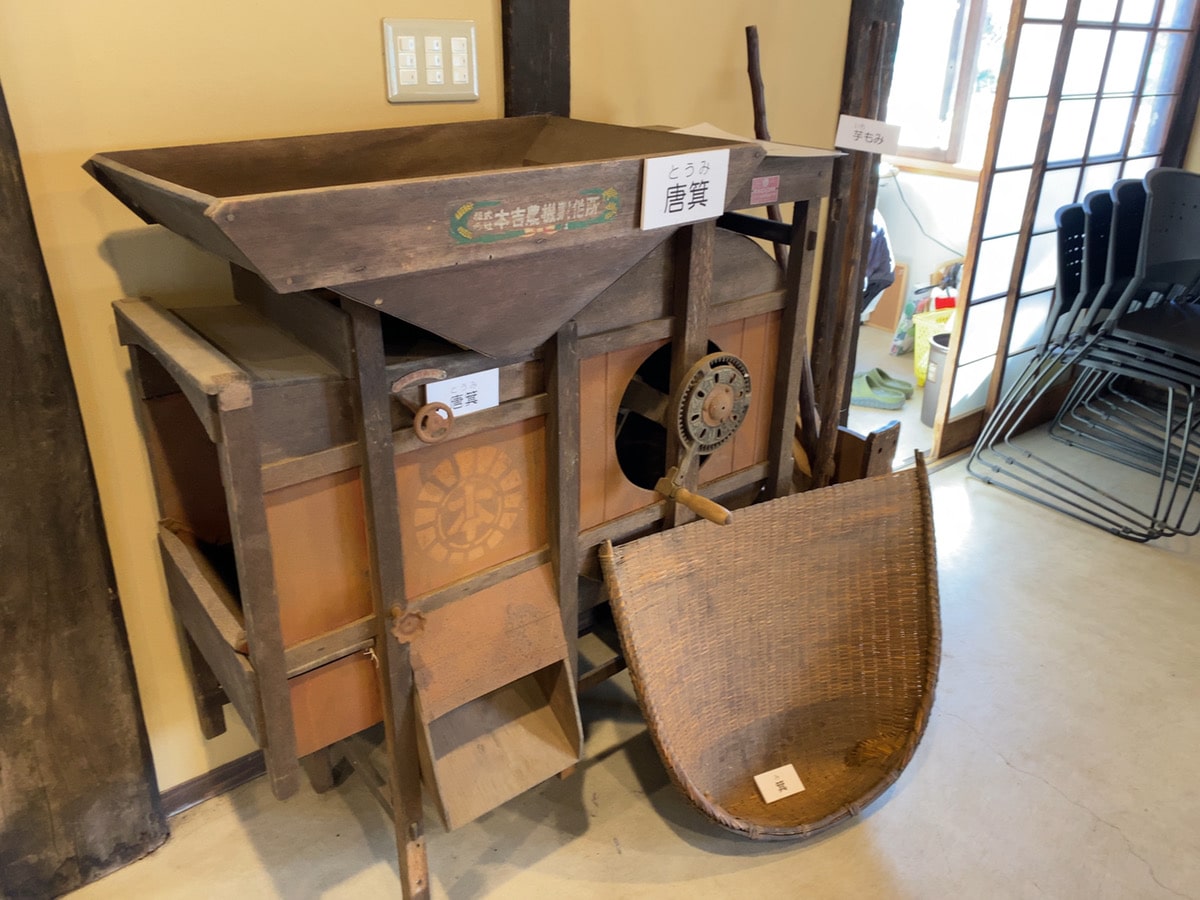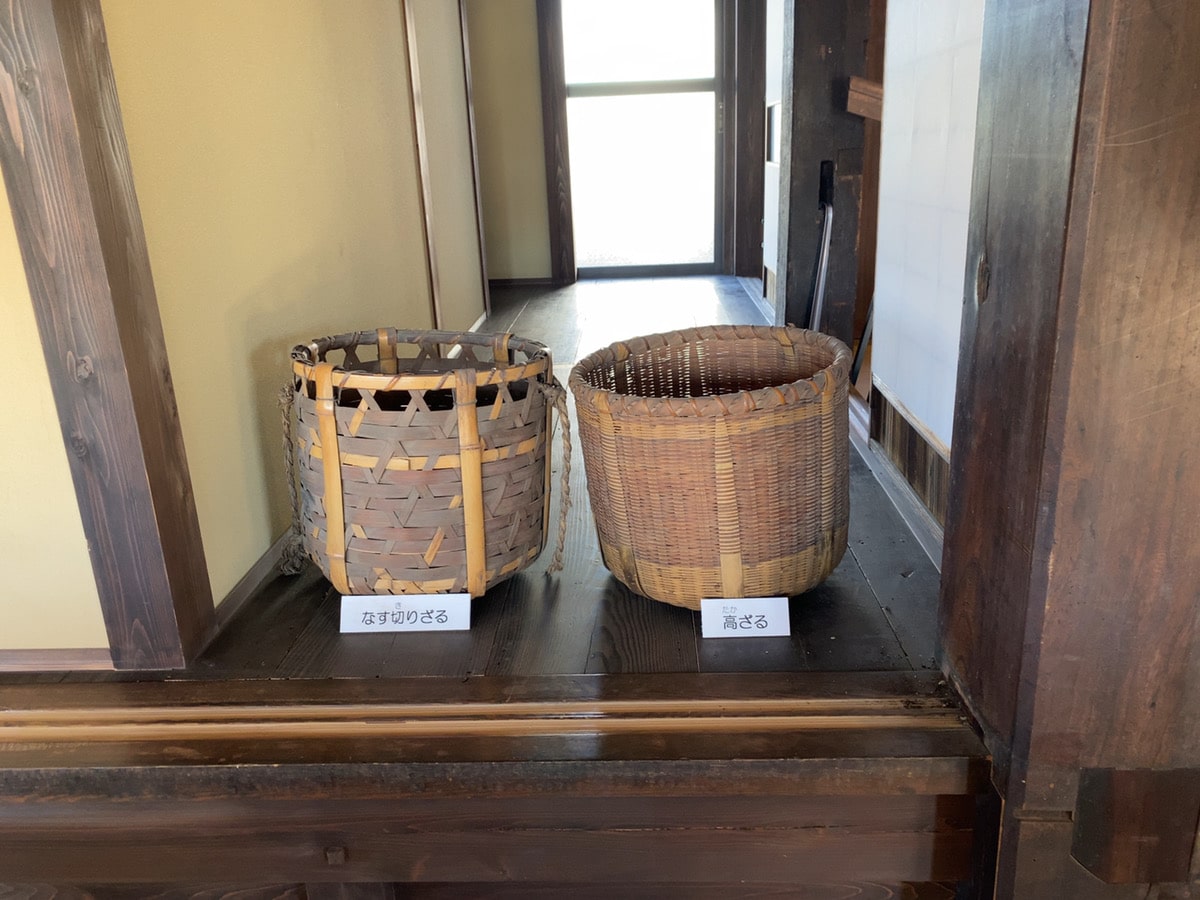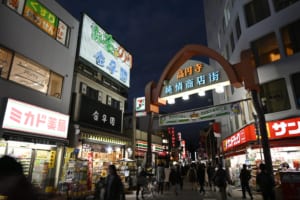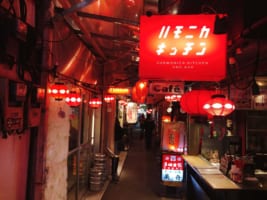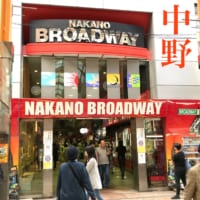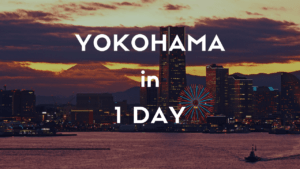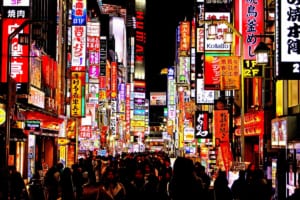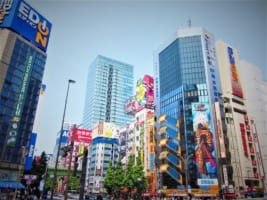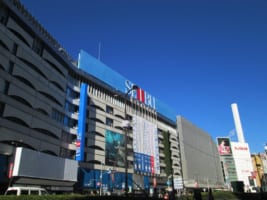Farming Tour in Suginami City, Tokyo
Get to know Japanese vegetables in Suginami Farming Experience
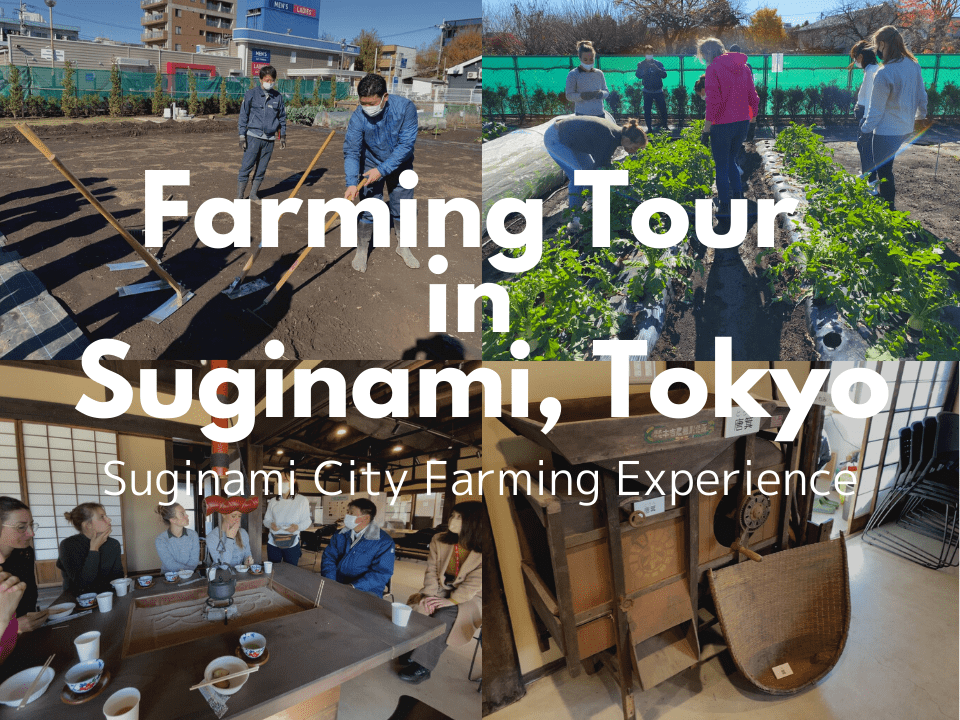
What kind of tours are you interested in when visiting Tokyo? Generally, people look for sightseeing tours, food tours, and historical destination tours.
However, there are many more types of tours that you can take in Tokyo where you can get to experience and learn more about Japanese culture. One lesser-known tour type is “Farming tours”.
I got the opportunity to join and take part in a farming tour in Suginami ward, Tokyo. This 2 and a half hour tour had a little bit of everything; from explaining the tools and vegetables, to actually cultivating and harvesting. I also got to taste the freshly harvested vegetables.
In this article, I will share the experience I had on this farming tour in Suginami, Tokyo with you. Hopefully, this will spark an interest in you.
▷ Agricultural experience in the middle of Tokyo
*Please note that this article contains affiliate links.
1. Meet up at Iogi station
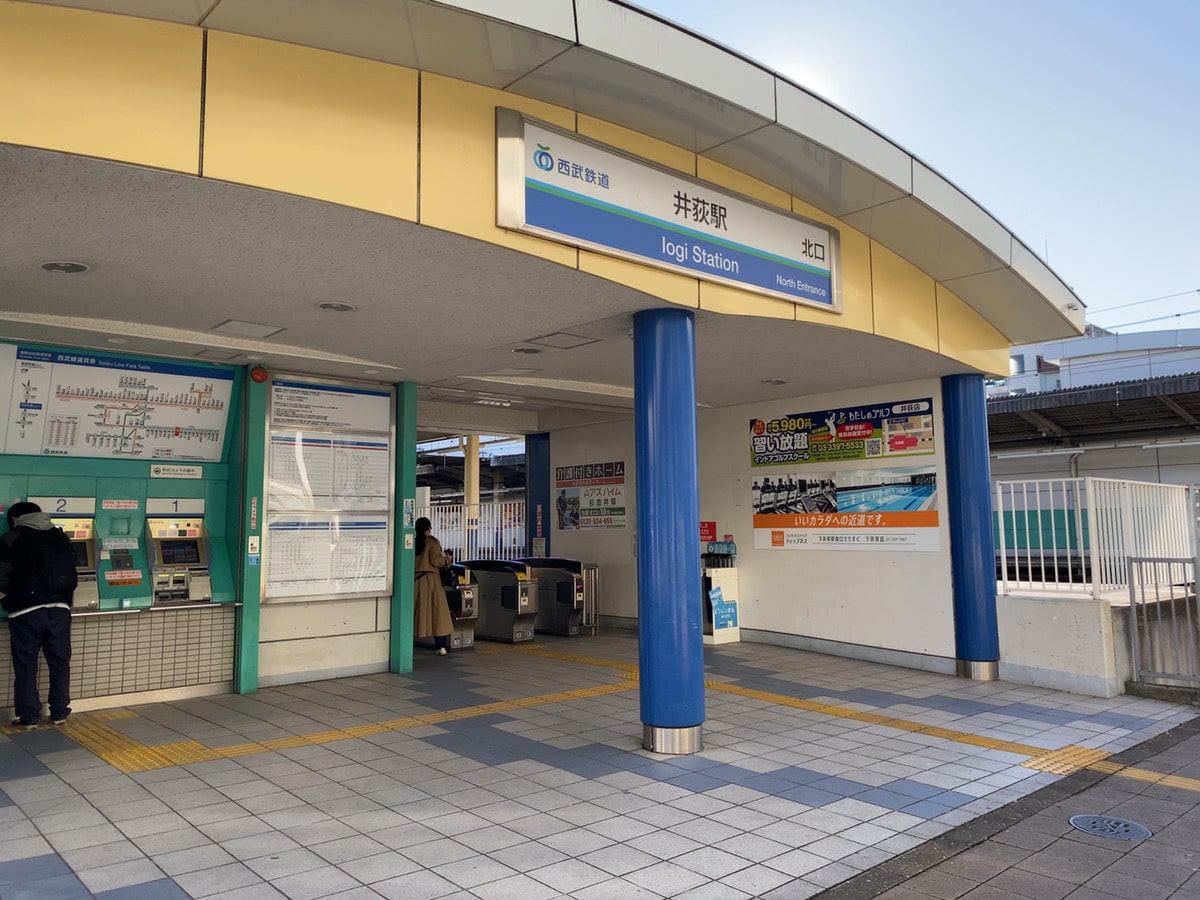
The tour started by meeting up at Iogi station (井荻駅) of the Seibu Shinjuku Line (西武新宿線). It takes about 30 minutes by train from Shinjuku.
One of the tour guides was waiting for us in front of the north entrance of the station. There were 6 people who came to participate in this tour this day.
There were two tour guides assisting us at all moments. On this occasion, it was Yuko-san and Yu-san.
As soon as all members came to the station, we all headed to the farm.

The farm that we went to is called Suginoko Noen (すぎのこ農園), which is a farm that newly opened this year.
It took us no more than 10 minutes to walk from the train station to the farm.
This farm is located in a residential area that is very quiet and peaceful. It was surprising to suddenly see a whole street block worth of space that is dedicated completely for agricultural purposes.
When we got to the farm, there were already people working in the fields.
As you can see, the weather was optimal for this activity.
2. Farming tour guidance
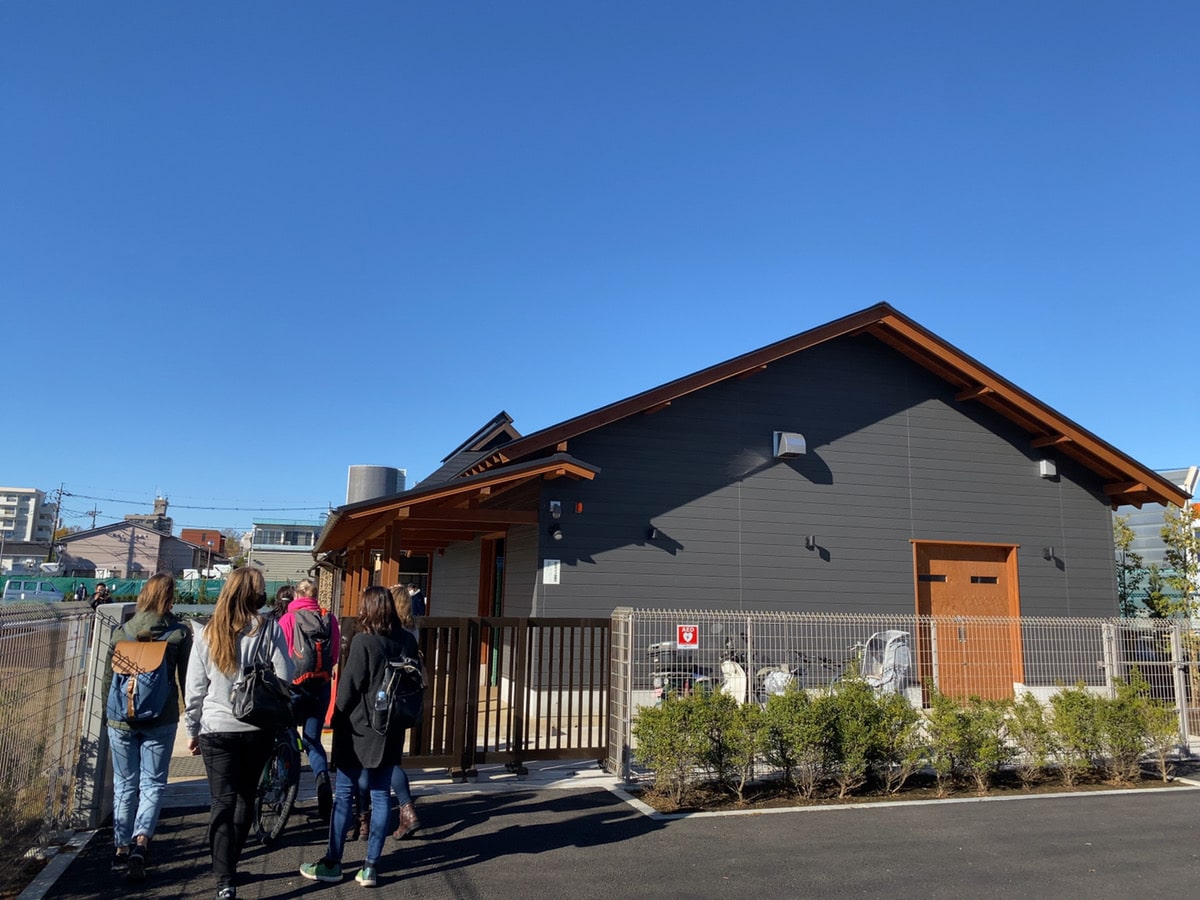
Once we got to the facilities, we were guided to the building near the entrance. Here is where we leave our bags.
Before starting the farming experience, we took a few minutes to introduce ourselves. Other than the 6 tour participants and 2 guides, there were also the people from JA (Japan Agricultural Cooeratives,Tokyochuo) who are administrating the farm as well as volunteer workers helping out.
After introducing ourselves to each other, one of the tour guides explained the order of how we were going to proceed with the agricultural experience.
3. Cultivating experience
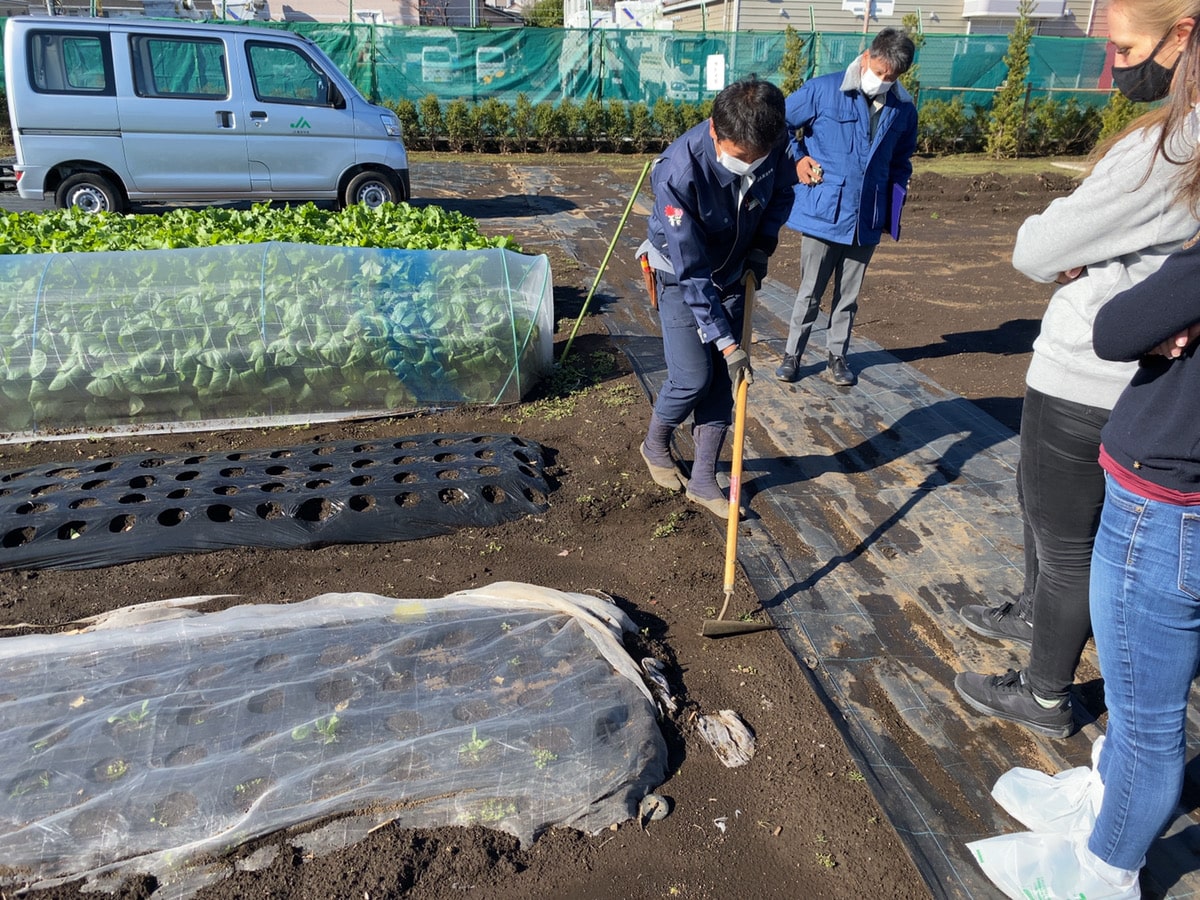
From here is that the actual farming experience starts!
We went outside, and the tour guide gave us plastic bags to cover and protect our shoes from the mud.
Then we were guided to the first area, where a farm administrator explained to us how they prepare the soil in order to cultivate the vegetables.
They first explained to us the functions of preparing the beds as well as the different tools that are used in preparing these beds. The expert in the field first showed us an already prepared bed for reference before we proceeded to actually try out using the tools.
The tools we used are unique to Japan. They are called Kuwa (鍬) and are a traditional type of hoe.
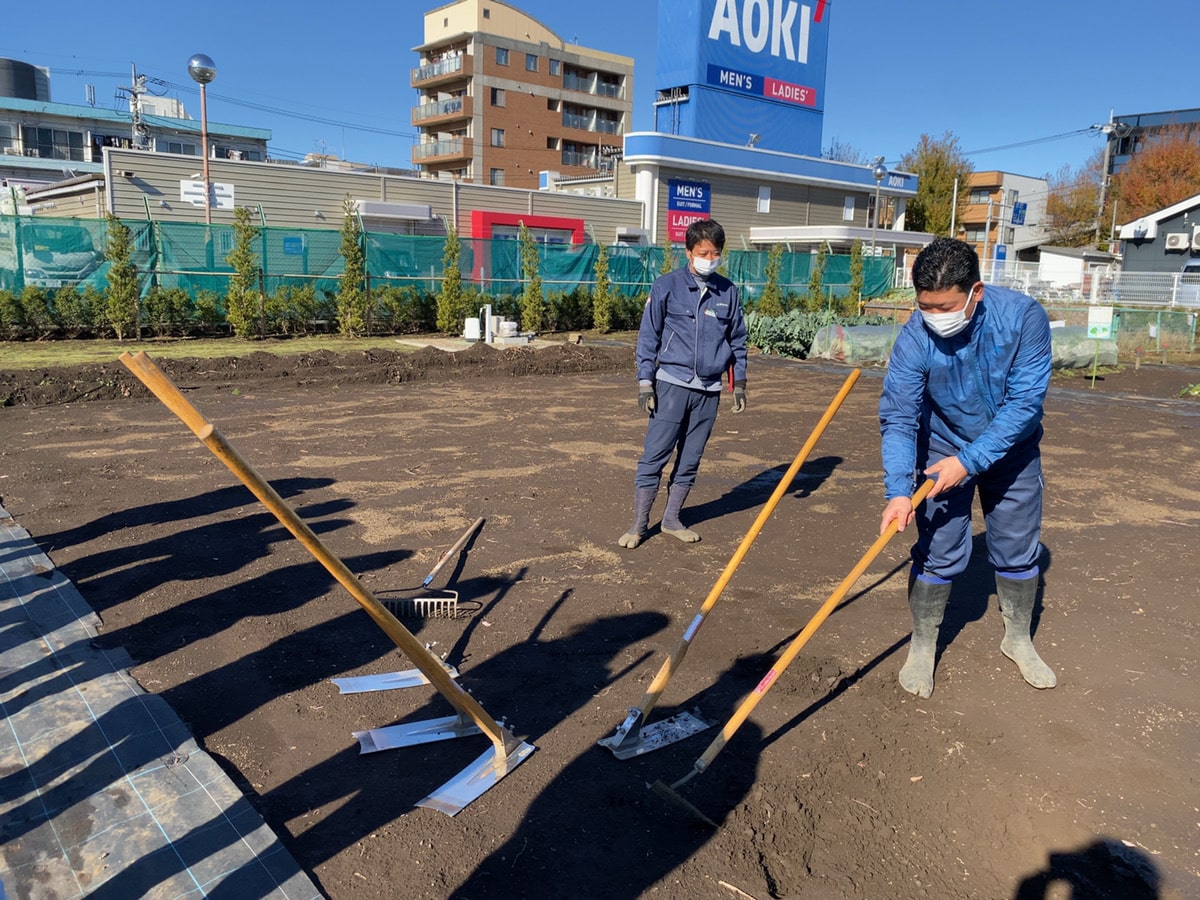
The expert showed us how to use the Kuwa, and then we all took our turn to use these tools to prepare the beds.
One thing we all noticed immediately is that when we saw the expert showing us how to use the Kuwa, it seemed so easy. But when it was time for us to actually try it out, we were made aware of how difficult this is. Using the Kuwa made it easy to prepare the beds, but it certainly requires skill in order to properly manage the soil.
4. Vegetable explanation
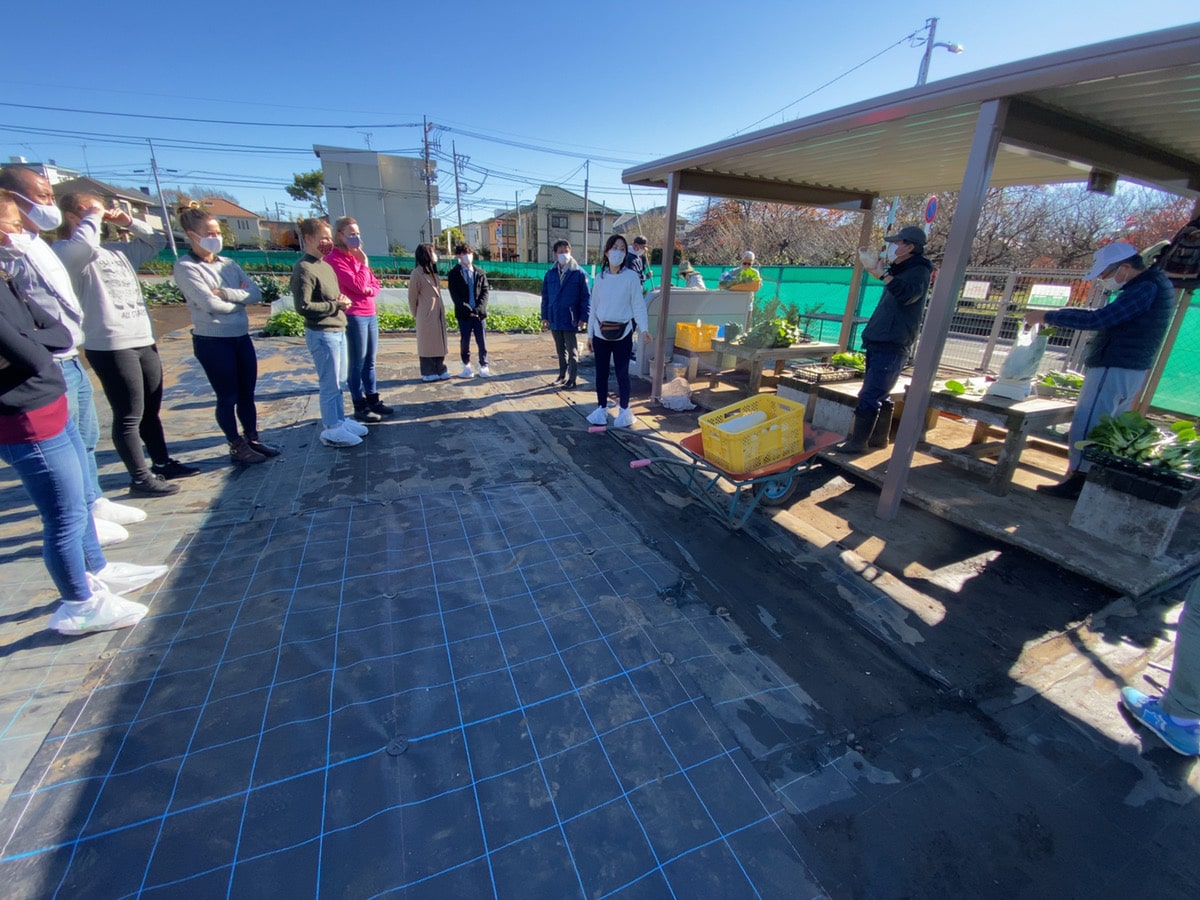
After the cultivating experience using the Kuwa, we were taken to a different area of the farm where volunteer workers were cleaning and sorting out the vegetables that have been just harvested.
Here, they explained to us about each of the vegetables that can be harvested on this farm, as well as the details of the work that is done here and where these harvested vegetables are taken.
Some of the vegetables that you will see here are not common abroad such as daikon (大根) and shungiku (春菊).
Many of the participants of the tour were fascinated by some of these vegetables and were asking how to prepare them in the kitchen. The expert kindly made several suggestions about how you could prepare delicious dishes using these vegetables.
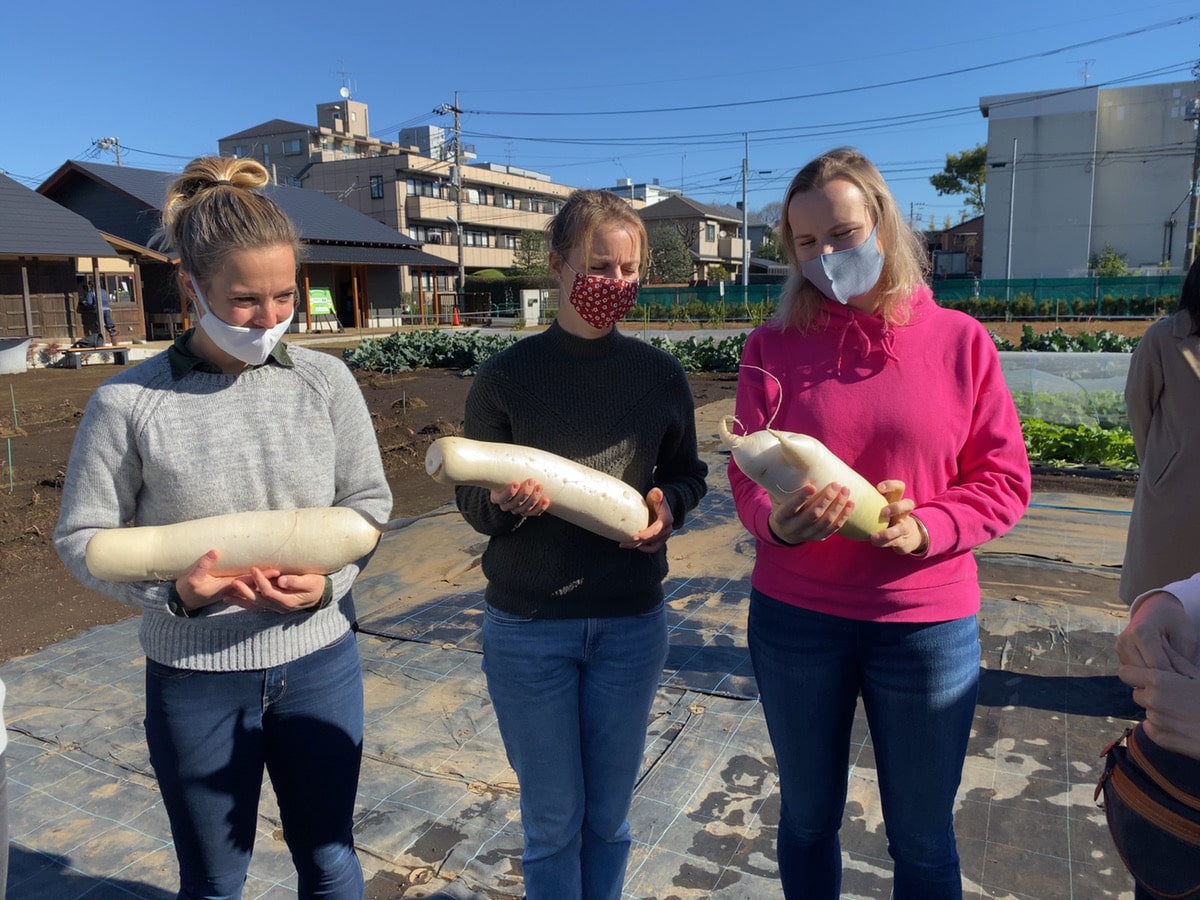
This was a good break after we had just done some physical work with the cultivating experience.
5. Harvesting vegetables
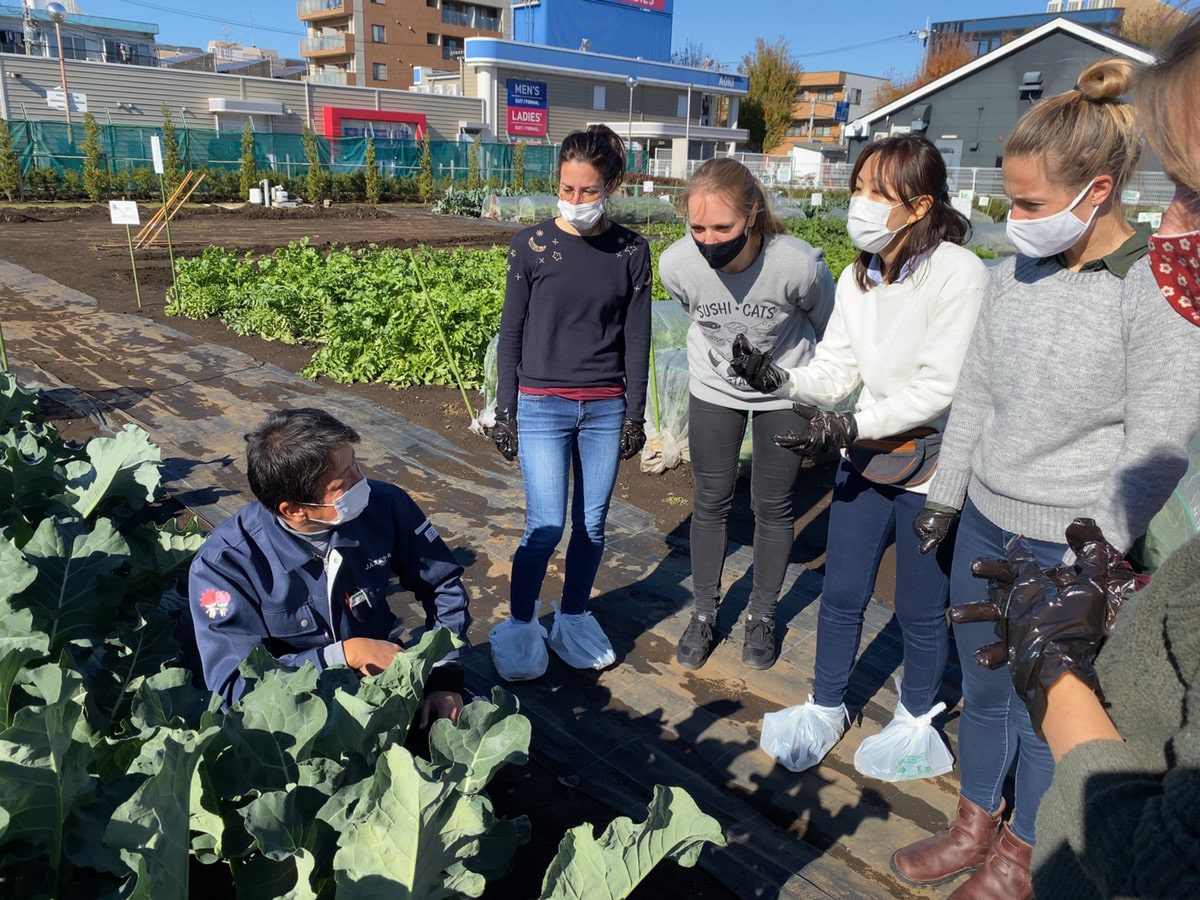
After the explanation about the vegetables, we proceeded to the main event. We got the opportunity to harvest some of the vegetables on the farm.
Depending on the season, there are different vegetables that can be cultivated. On this occasion, being December, the vegetables that we got to work with are; Brocolli, turnip, daikon, spinach, and shungiku.
We started out by harvesting broccoli, but it wasn’t the regular type that you usually see at the supermarket. The broccoli at this farm is a type called “Stick Señor” which is a type that has a softer stem, making it easier to eat compared to the regular type.
After picking some stems, they told us that we could try and taste the freshly picked broccoli. They also had prepared steamed broccoli so that we could compare the taste.
Then we proceeded to harvest spinach, and then finally, daikon.
They showed us how to pick up the different types of vegetables in the correct way so that they wouldn’t damage the vegetable.
The fun part about harvesting daikon was picking which one to pull out. Everyone was very careful in choosing their own daikon to pull, and after pulling it out, we were comparing to see who got the largest daikon.
They gave us these yellow baskets to put the harvested vegetables inside.
And even though we harvested these 3 types of vegetables, they also gave us turnip and shungiku to take home!
6. Tasting fresh vegetables with Japanese Tea

After the work in the fields, we returned to the building where we first started.
They had prepared for us steamed sweet potato with Japanese tea. We sat around an Irori (囲炉裏) which is a Japanese-style traditional fireplace that is used for warming up and preparing food (in this case, boiling water).
You can see the intricate design drawn in the sand.
The sweet potato was so soft and sweet, that it matched nicely with the Japanese tea. The tour participants were noting that the color of the sweet potato in Japan is a little different than what you see in other countries.
7. Explanation of the facility
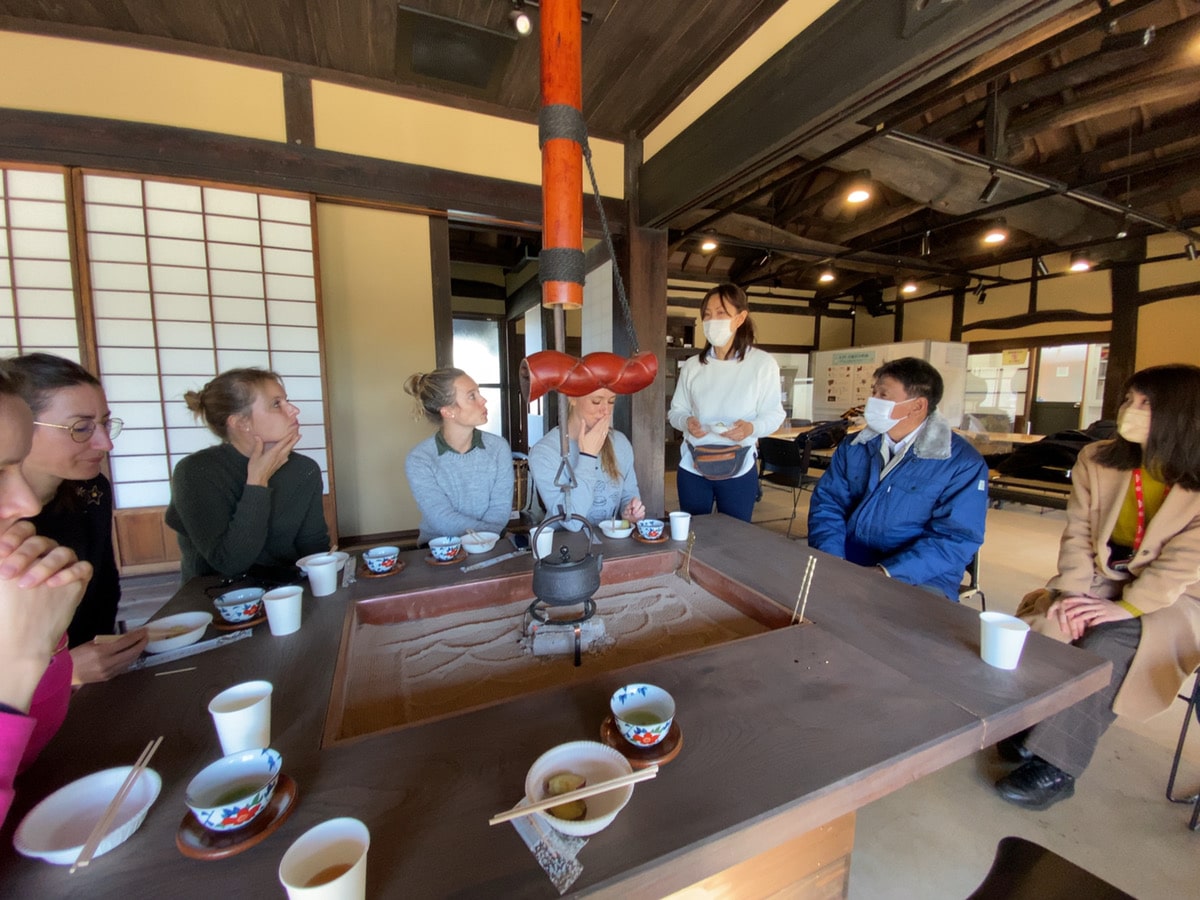
While we were tasting the sweet potato, one of the people administrating the farm explained to us about this project conducted by Suginami city.
The farm was built with the purpose of creating a space to enable Suginami citizens with disabilities to have a place to cultivate and harvest vegetables for themselves. There are a few details that make this possible such as; having more space between the beds and preparing these beds taller than usual so that people in wheelchairs can come in and harvest. Also, there are experts and volunteer workers around to assist at all times.
Also, this farm is used for educational purposes such as farming experiences for preschoolers and Suginami city residents, just like this exact tour.
We were also explained about this fascinating building. Although the building was constructed this year, the pillars and beams are from a 18th century traditional Japanese agricultural house that was located nearby.
That is why, although it looks brand new from the outside, it feels like you’re inside an old traditional farmer’s house.
There were also many fascinating antique traditional farming tools on display inside this house.
8. Finish at the station
After talking to the people administrating the farm, we went outside, where they had put the vegetables we just harvested in a bag so we could take them back home.
We took a group picture to remember this nice experience, and then we said goodbye to the people on the farm.
We walked back to Iogi station where the tour officially ends.
In this occasion we didn’t have enough time, but apparently, if there is more time available, you could also go check out the Ogikubo farmers’ market and other shops nearby the farm where you can purchase these freshly harvested vegetables from Suginami city.
Final Thoughts
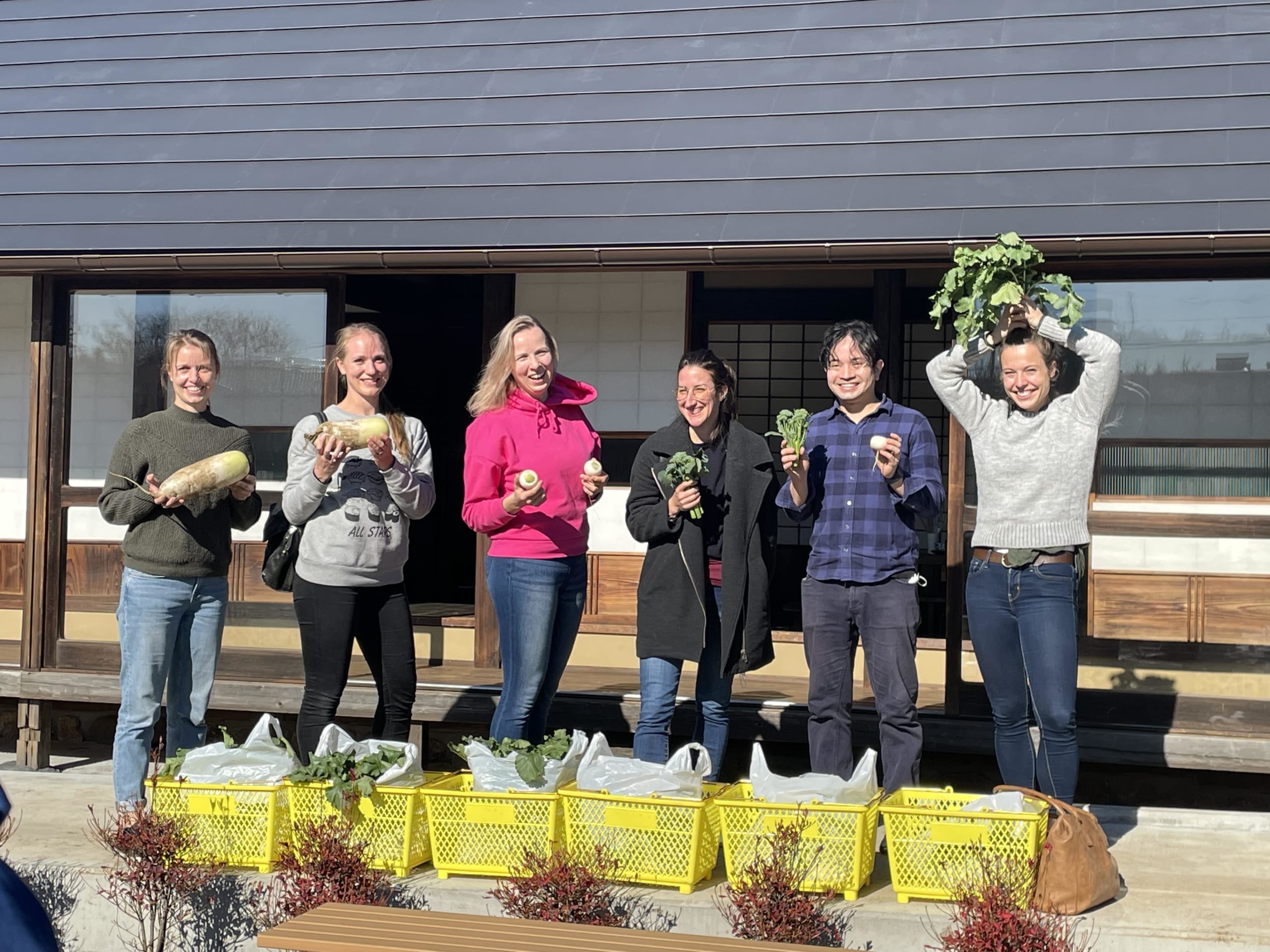
The thing that I most liked about this tour is the fact that you get to experience Japanese culture from such an unusual angle as is farming. Since the tour is two and a half hours long in the morning, it is a nice activity that you can just add to your Tokyo travels. It feels nice to have this small workout in the morning as well.
And regarding Suginami city, one of the attractive points is that although it is not that far away from central Tokyo, it is a relatively quiet and peaceful area. Which, in my opinion, makes this tour even more enjoyable.
Immersing yourself in the eventful and busy city tours in central Tokyo is fun and interesting, but it is also nice to get to know the people and culture of a community by participating in these types of farming tours. It is a refreshing experience that will bring you together with nice people while getting to work directly with nature.
If you’re interested in this unique farming experience, you can check the details by clicking on the following link!
▷ Agricultural experience in the middle of Tokyo
If you are interested in Suginami ward and its surrounding areas, here are other articles that you may find interesting!
▽Related Articles▽
▼Editor’s Picks▼
Written by
Born and raised in Costa Rica, I started living in Tokyo from college. I love traveling within Japan & around the world. Since I wasn’t born in Japan, I know the cultural impact that you can get when visiting Japan for the first time and what you might be worried about before your trip. And I’ve lived long enough to somewhat understand the nuances of the Japanese culture that make this country such an attractive place to visit. Hopefully I can provide to you both the information you’re looking for and the information you didn’t know you needed to know.
